Korean nouns – Essential words for your language learning
In this article, we will teach you all about Korean nouns.
Even if you know plenty about verbs, conjunctions, prepositions, and grammar in general for a language, you wouldn’t be able to string a single sentence together if you knew none of the vocabulary. And the reality is that whether you are a beginner, intermediate, advanced, or native level speaker of a language, many of us are learning new vocabulary each day of our lives.
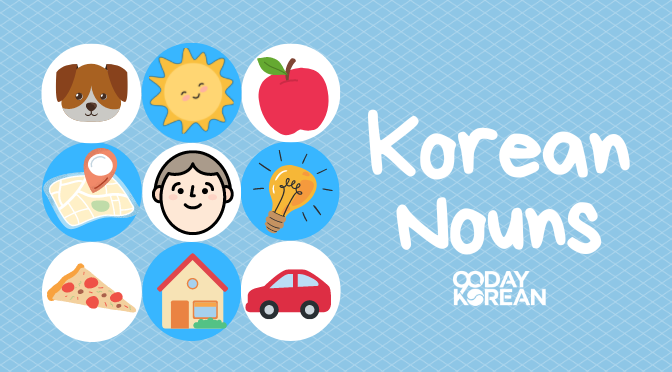
Beyond simply knowing a word, we also need to, of course, know how to then use it. Once you know at least the most common Korean nouns and know how to distinguish them and place them into sentences correctly, you’ve already made a lot of headway with your Korean language learning journey.
What are Korean nouns?
As you already know from your previous language studies, whether your native language or a new language you’re learning, a noun refers to either a person, object, or thing. They can be either physical or abstract.
They can be used as subjective or objective in a sentence and can commonly be replaced by a pronoun. Korean nouns work exactly the same way. To learn Korean nouns, it is useful to understand that they are separated into three groups, as follows.
Sino-Korean nouns
Approximately 60% of all Korean nouns fall under this category. These are Korean words that originated from Chinese and in the case of nouns, typically represent abstract or complex ideas, or relate to the academics.
Native Korean nouns
35% of all nouns are purely native to the Korean language. Usually, they are Korean words familiar with traditional culture. They’re also the most common Korean words that the fundamental elements in life, such as the different seasons.
Korean Loan words
5% of nouns in the Korean language have been imported from other languages, most commonly English, Japanese or German. In this vocabulary, many have the same meaning as they do in their language of origin, but there are also loan words that have been given a new meaning. In this case, it’s more accurate to call them Konglish rather than refer to them as loan words.
*Do note that there are also some Korean words that can all mean the same thing. Typically they are differentiated by the context in which they are used.
How do you say “noun” in Korean?
The Korean word for “noun” is 명사 (myeongsa). It is an umbrella term with which you can refer to all of the nouns as a whole or any singular noun.
Lists of the Most Common Korean Nouns
Below you can find a couple of category lists with basic Korean nouns for you to know. For many categories, we also have their own dedicated posts already, where you can find even more useful vocabulary to memorize. Knowing these will be especially helpful if you’re in South Korea.
Korean vocabulary related to animals
Here are some of the most common Korean words related to animals.
If you’re interested in learning even more basic Korean words for animals, head over to our article on animals in Korean.
| Korean | English |
|---|---|
| 앨리게이터 (aelligeiteo) | Alligator |
| 곰 (gom) | Bear |
| 새 (sae) | Bird |
| 황소 (hwangso) | Bull |
| 고양이 (goyangi) | Cat |
| 암소 (amso) | Cow |
| 크로커다일 (keurokeodail) | Crocodile |
| 까마귀 (kkamagwi) | Crow |
| 사슴 (saseum) | Deer |
| 강아지 (gangaji) | Dog |
| 돌고래 (dolgorae) | Dolphin |
| 오리 (ori) | Duck |
| 독수리 (doksuri) | Eagle |
| 어류 (eoryu) | Fish |
| 여우 (yeou) | Fox |
| 고릴라 (gorilla) | Gorilla |
| 말 (mal) | Horse |
| 사자 (saja) | Lion |
| 원숭이 (wonsungi) | Monkey |
| 무스 (museu) | Moose |
| 돼지 (dwaeji) | Pig |
| 조랑말 (jorangmal) | Pony |
| 토끼 (tokki) | Rabbit |
| 장닭 (jangdal) | Rooster |
| 상어 (sangeo) | Shark |
| 양 (yang) | Sheep |
| 뱀 (baem) | Snake |
| 거미 (geomi) | Spider |
| 호랑이 (horangi) | Tiger |
| 칠면조 (chilmyeonjo) | Turkey |
| 거북 (geobuk) | Turtle |
| 고래 (gorae) | Whale |
| 늑대 (neukdae) | Wolf |
Korean nouns related to appliances and electronics
Below are different appliances and devices and what they are called in the Korean language. These words may come in handy if you’re looking for a birthday present for yourself or for your loved ones.
| Korean | English |
|---|---|
| 가전제품 (gajeonjepum) | Appliances |
| 전자 기술 (jeonja gisul) | Electronics |
| 에어컨 (eeokeon) | Air Conditioner |
| 믹서기 (mikseogi) | Blender |
| 충전기 (chungjeongi) | Charger |
| 디지털 카메라 (dijiteol kamera) | Digital camera |
| 헤어드라이기 (heeodeuraigi) | Hairdryer |
| 노트복 (noteubok) | Laptop |
| 전자 레인지 (jeonja reinji) | Microwave |
| 핸드폰 (haendeupon) | Mobile phone |
| 스마트폰 (seumateupon) | Smartphone |
| 라디오 (radio) | Radio |
| 냉장고 (naejanggo) | Refrigerator |
| 밥솥 (bapsot) | Rice cooker |
| 텔레비전 (tellebijeon) | Television |
| 청소기 (cheongsogi) | Vacuum cleaner |
| 세탁기 (setakgi) | Washing machine |
Korean words related to body parts
Below are some of the most common Korean words for body parts. If you’re in Korea and you feel pain in your body, you can express how you feel easier to Koreans.
If you read our article body parts in Korean, you can learn even more vocabulary for this category.
| Korean | English |
|---|---|
| 몸 (mom) | Body |
| 신체 부분 (sinche bubun) | Body part |
| 뇌 (noe) | Brain |
| 발목 (balmok) | Ankle |
| 팔 (pal) | Arm |
| 등 (deung) | Back |
| 뼈 (ppyeo) | Bone |
| 가슴 (gaseum) | Chest |
| 귀 (gwi) | Ear |
| 팔꿈치 (palkkumchi) | Elbow |
| 눈 (nun) | Eye |
| 얼굴 (eolgul) | Face |
| 손가락 (songarak) | Finger |
| 발 (bal) | Foot |
| 머리가락 (meorigarak) | Hair |
| 손 (son) | Hand |
| 머리 (meori) | Head |
| 심장 (simjang) | Heart |
| 무릎 (mureup) | Knee |
| 다리 (dari) | Leg |
| 입술 (ipsul) | Lips |
| 간 (gan) | Liver |
| 폐 (pye) | Lungs |
| 입 (ip) | Mouth |
| 근육 (geunyuk) | Muscle |
| 목 (mok) | Neck |
| 코 (ko) | Nose |
| 어깨 (eokkae) | Shoulder |
| 피부 (pibu) | Skin |
| 위 (wi) | Stomach |
| 혀 (hyeo) | Tongue |
| 이 (i) | Tooth |
| 허리 (heori) | Waist |
| 손목 (sonmok) | Wrist |
Korean nouns related to cooking and food
There is plenty of vocabulary that falls under this category. Below, you can find Korean nouns that are related to cooking and different types of food.
Cooking tools
Here are some common Korean words related to cooking tools.
| Korean | English |
|---|---|
| 주방 (jubang) 부엌 (bueok) | Kitchen |
| 요리 (yori) | Cooking |
| 조리기구 (jorigigu) | Cooking utensils |
| 그릇 (geureut) | Bow |
| 도마 (doma) | Chopping board |
| 젓가락 (jeotgarak) | Chopsticks |
| 냄비 (naembi) | Cooking pot |
| 컵 (keop) | Cup |
| 날붙이류 (nalbutiryu) | Cutlery |
| 포크 (pokeu) | Fork |
| 후라이팬 (huraipaen) | Frying pan |
| 유리잔 (yurijan) | Glass |
| 항아리 (hangari) | Jar |
| 칼 (kal) | Knife |
| 머그 (meogeu) | Mug |
| 오븐 (obeun) | Oven |
| 접시 (jeopsi) | Plate |
| 숟가락 (sutgarak) | Spoon |
| 스토브 (seutobeu) | Stove |
Cooking ingredients
Here is the vocabulary related to cooking ingredients. We also have an article dedicated to “cook” in Korean, with which you can learn Korean even more in terms of utensils and appliances.
| Korean | English |
|---|---|
| 제빵 가루 (jeppang garu) | Baking powder |
| 바질 (bajil) | Basil |
| 버터 (beoteo) | Butter |
| 계피 (gyepi) | Cinnamon |
| 식용유 (singnyongyu) | Cooking oil |
| 옥수수 가루 (oksusu garu) | Corn flour |
| 크림 (keurim) | Cream |
| 밀가루 (milgaru) | Flour |
| 마늘 (maneul) | Garlic |
| 꿀 (kkul) | Honey |
| 잼 (jaem) | Jam |
| 케첩 (kecheop) | Ketchup |
| 마요네즈 (mayonejeu) | Mayonnaise |
| 겨자 (gyeoja) | Mustard |
| 올리브 오일 (ollibeu oil) | Olive oil |
| 파슬리 (paseulli) | Parsley |
| 후추 (huchu) | Pepper |
| 고추장 (gochujang) | Red pepper paste |
| 고춧가루 (gochutgaru) | Red pepper powder |
| 쌀 (ssal) | Rice |
| 호밀 (homil) | Rye |
| 소금 (sogeum) | Salt |
| 참깨 (chamkkae) | Sesame seeds |
| 간장 (ganjang) | Soy sauce |
| 설탕 (seoltang) | Sugar |
| 식초 (sikcho) | Vinegar |
| 밀 (mil) | Wheat |
| 효모 (hyomo) | Yeast |
Beverages
Here is a list of vocabulary related to beverages.
| Korean | English |
|---|---|
| 음료 (eumryo) | Drink |
| 술 (sul) | Alcohol |
| 맥주 (maekju) | Beer |
| 커피 (keopi) | Coffee |
| 주스 (juseu) | Juice |
| 우유 (uyu) | Milk |
| 차 (cha) | Tea |
| 소주 (soju) | Soju |
| 물 (mul) | Water |
Food
If you’d like to eat something while in Korea, expressing this will be easier for you.
| Korean | English |
|---|---|
| 음식 (eumsik) | Food |
| 빵 (ppang) | Bread |
| 치즈 (chijeu) | Cheese |
| 고추 (gochu) | Chili |
| 계란 (gyeran) | Egg |
| 햄 (haem) | Ham |
| 김치 (gimchi) | Kimchi |
| 양고기 (yanggogi) | Lamb |
| 돼지고기 (dwaejigogi) | Pork |
| 팥 (pat) | Red bean |
| 소시지 (sosiji) | Sausage |
| 식사 (siksa) | Meal |
| 비스킷 (biseukit) | Biscuit |
| 버거 (beogeo) | Burger |
| 케이크 (keikeu) | Cake |
| 사탕 (satang) | Candy |
| 시리얼 (sirieol) | Cereal |
| 초콜렛 (chokollet) | Chocolate |
| 아이스크림 (aiseukeurim) | Ice cream |
| 면 (myeon) | Noodles |
| 파스타 (paseuta) | Pasta |
| 피자 (pija) | Pizza |
| 죽 (juk) | Porridge |
| 밥 (bap) | Rice |
| 샐러드 (saelleodeu) | Salad |
| 수프 (supeu) | Soup |
| 스파게티 (seupageti) | Spaghetti |
| 토스트 (toseuteu) | Toast |
| 채식 (chaesik) | Vegetarian food |
| 양식 (yangsik) | Western food |
Meat
Below are the most common Korean words related to meat. For more vocabulary related to this topic, we have a separate article on “meat” in Korean.
| Korean | English |
|---|---|
| 고기 (gogi) | Meat |
| 베이컨 (beikeon) | Bacon |
| 쇠고기 (soegogi) | Beef |
| 닭고기 (dalgogi) | Chicken |
| 오리 고기 (ori gogi) | Duck |
Fruits
Here are the most common Korean words related to fruits. We also have an article that further covers Korean terms for fruits, vegetables, and nuts.
| Korean | English |
|---|---|
| 사과 (sagwa) | Apple |
| 살구 (salgu) | Apricot |
| 바나나 (banana) | Banana |
| 블랙베리 (beullaekberi) | Blackberry |
| 블루베리 (beulluberi) | Blueberry |
| 대추 (daechu) | Dates |
| 과일 (gwail) | Fruit |
| 포도 (podo) | Grape |
| 자몽 (jamong) | Grapefruit |
| 청포도 (cheongpodo) | Green grapes |
| 할라봉 (hallabong) | Jeju orange |
| 귤 (gyul) | Mandarin |
| 오렌지 (orenji) | Orange |
| 복송아 (boksonga) | Peach |
| 배 (bae) | Pear |
| 감 (gam) | Persimmon |
| 자두 (jadu) | Plum |
| 석류 (seongnyu) | Pomegranate |
| 건포도 (geonpodo) | Raisins |
| 라즈베리 (rajeuberi) | Raspberry |
| 딸기 (ttalgi) | Strawberry |
| 수박 (subak) | Watermelon |
Vegetables
Listed below are the most common Korean words related to vegetables.
| Korean | English |
|---|---|
| 야채 (yachae) | Vegetable |
| 콩나물 (kongnamul) | Bean sprouts |
| 브로콜리 (beurokolli) | Broccoli |
| 양배추 (yangbaechu) | Brussels sprouts |
| 배추 (baechu) | Cabbage |
| 당근 (danggeun) | Carrot |
| 옥수수 (oksusu) | Corn |
| 오이 (oi) | Cucumber |
| 부추 (buchu) | Leek |
| 양상추 (yangsangchu) | Lettuce |
| 버섯 (beoseot) | Mushroom |
| 양파 (yangpa) | Onion |
| 감자 (gamja) | Potato |
| 호박 (hobak) | Pumpkin |
| 무 (mu) | Radish |
| 시금치 (sigeumchi) | Spinach |
| 파 (pa) | Spring onion |
| 고구마 (goguma) | Sweet potato |
| 토마토 (tomato) | Tomato |
Nuts
Here are some of the most common Korean words related to nuts.
| Korean | English |
|---|---|
| 아몬드 (amondeu) | Almond |
| 밤 (bam) | Chestnut |
| 땅콩 (ttangkong) | Peanuts |
| 호두 (hodu) | Walnut |
Common Korean nouns related to family
Below are the common Korean words that are related to family. To learn the full roster of different terms for family members, we have an article entirely dedicated to Korean family terms for you to go and learn from.
| Korean | English |
|---|---|
| 가족 (gajok) | Family |
| 숙모 (sungmo) | Aunt |
| 아이 (ai) | Child |
| 딸 (ttal) | Daughter |
| 아버지 (abeoji) | Father/Dad |
| 할아버지 (harabeoji) | Grandfather |
| 할머니 (halmeoni) | Grandmother |
| 남편 (nampyeon) | Husband |
| 부부 (bubu) | Married couple |
| 어머니 (eomeoni) | Mother/Mom |
| 부모님 (bumonim) | Parents |
| 아들 (adeul) | Son |
| 쌍동이 (ssangdongi) | Twins |
| 삼촌 (samchon) | Uncle |
| 아내 (anae) | Wife |
Korean nouns related to jobs
Below is the common vocabulary for occupations in Korean. If you’d like to discover more occupations, head over to our jobs in Korean article. Perhaps your dream job is also included in there?
| Korean | English |
|---|---|
| 직업 (jigeop) | Job |
| 예술가 (yesulga) | Artist |
| 바리스타 (bariseuta) | Barista |
| 부기계원 (bugigyewon) | Bookkeeper |
| 출납계원 (chullapgyewon) | Cashier |
| 요리사 (yorisa) | Chef |
| 건설노동자 (geonseollodongja) | Construction worker |
| 의사 (uisa) | Doctor |
| 전기기사 (jeongigisa) | Electrician |
| 관리인 (gwalliin) | Janitor |
| 변호사 (byeonhosa) | Lawyer |
| 정비사 (jeongbisa) | Mechanic |
| 음악가 (eumakga) | Musician |
| 간호사 (ganhosa) | Nurse |
| 회사원 (hoesawon) | Office worker |
| 경찰관 (gyeongchalgwan) | Police officer |
| 웨이터 (weiteo) | Server |
| 군인 (gunin) | Soldier |
| 트럭 운전사 (teureok unjeonsa) | Truck driver |
Korean nouns related to school
Below are the most common school-related Korean words. We also have an article on “school” in Korean from where you can learn even more vocabulary.
| Korean | English |
|---|---|
| 학교 (hakgyo) | School |
| 수업 (sueop) | Class |
| 숙제 (sukje) | Homework |
| 공책 (gongchaek) | Notebook |
| 학생 (haksaeng) | Student |
| 교수 (gyosu) | Professor |
| 선생님 (seonsaengnim) | Teacher |
Korean nouns related to time
Below are the most common Korean words related to time. If there weren’t enough time-related terms for you here, you can learn even more about time in Korean on our blog.
| Korean | English |
|---|---|
| 시간 (sigan) | Time |
| 날 (nal) | Day |
| 오늘 (oneul) | Today |
| 내일 (naeil) | Tomorrow |
| 주 (ju) | Week |
| 년 (nyeon) | Year |
| 어제 (eoje) | Yesterday |
| 시계 (sigye) | Clock |
| 시 (si) | Hour |
| 분 (bun) | Minute |
| 초 (cho) | Second |
Korean nouns related to transportation
Below are the most common Korean words related to transportation. These are important to know especially if you’re in South Korea.
We also have articles specifically dedicated to terminology for “car” in Korean and “train” in Korean.
| Korean | English |
|---|---|
| 교통 (gyotong) | Transportation |
| 비행기 (bihaenggi) | Airplane |
| 자전거 (jajeongeo) | Bicycle |
| 버스 (beoseu) | Bus |
| 교차로 (gyocharo) | Intersection |
| 횡단보도 (hoengdanbodo) | Pedestrian road |
| 도로 (doro) | Road |
| 길 (gil) | Street |
| 전철 (jeoncheol) | Subway |
| 택시 (taeksi) | Taxi |
| 신호등 (sinhodeung) | Traffic light |
| 기차 (gicha) | Train |
Other common Korean words
Here are more words that you can learn to enhance your Korean language skills.
<MAKE CHART WITH INFO BELOW>
| Korean | English |
|---|---|
| 미술 (misul) | Art |
| 책 (chaek) | Book |
| 도시 (dosi) | City |
| 나라 (nara) | Country |
| 문화 (munhwa) | Culture |
| 문 (mun) | Door |
| 친구 (chingu) | Friend |
| 게임 (geim) | Game |
| 건강 (geongang) | Health |
| 역사 (yeoksa) | History |
| 집 (jip) | Home |
| 발상 (balsang) | Idea |
| 삶 (sal) | Life |
| 남자 (namja) | Man |
| 돈 (don) | Money |
| 영화 (yeonghwa) | Movie |
| 음악 (eumak) | Music |
| 이름 (ireum) | Name |
| 번호 (beonho) | Number |
| 파티 (pati) | Party |
| 사람 (saram) | Person |
| 대통령 (daetongryeong) | President |
| 질문 (jilmun) | Question |
| 이유 (iyu) | Reason |
| 방 (bang) | Room |
| 이야기 (iyagi) | Story |
| 팀 (tim) | Team |
| 전쟁 (jeonjaeng) | War |
| 창문 (changmun) | Window |
| 여자 (yeoja) | Woman |
| 세계 (segye) | World |
Korean nouns in sentences
Nouns in Korean typically have 4 positions they can take in each sentence.
- It can appear by itself, in which case there is no particle attached to them. For example when you call out to someone by their name or status.
- It can appear with a particle attached to it.
- It may be followed by another noun. An example of this is 오렌지 주스 (orenji juseu), “orange juice.”
- It can be followed by a copula, aka a connecting word, typically a form of the ‘be”-verb.
Examples of Korean sentences
Below you can find example sentences of the different ways these words can be placed in a sentence. Each example can be used to practice how to write the vocabulary, as well as speaking, and pronunciation.
| Korean | English |
|---|---|
| 언니, 충전기를 좀 빌려줄래요? 핸드폰 배터리가 거의 다 닳았어요. (eonni, chungjeongireul jom billyeojullaeyo? haendeupon baeteoriga geoui da dalasseoyo.) | Eonni, can I borrow your charger? My phone is nearly out of battery. |
| 공책에 무엇을 쓰고 있나? (gongchaege mueoseul sseugo inna?) | What are you writing in your notebook? |
| 잠깐만 기다리면 호랑이를 볼 수 있을 것 같아요. (jamkkanman gidarimyeon horangireul bol su isseul geot gatayo.) | It looks like you’ll be able to see the tiger if you just wait a moment. |
| 오빠, 같이 영화를 보러 갈래? (oppa, gachi yeonghwareul boreo gallae?) | Oppa, do you want to go see a movie together? |
| 카페라떼는 제가 가장 자주 마시는 커피음료예요. (kaperatteneun jega gajang jaju masineun keopieumnyoyeyo.) | Cafe latte is the coffee drink I drink the most often. |
| 이번 주말에 기차타고 부산에 가자! (ibeon jumare gichatago busane gaja!) | Let’s take the train and go to Busan this weekend! |
| 제일 좋아하는 한국음식은 뭐예요? 제가 김치찌개 제일 좋아해요. (jeil joahaneun hangugeumsigeun mwoyeyo? jega gimchijjigae jeil joahaeyo.) | What is your favorite Korean food? Mine is kimchi jjigae. |
| 요즘 발목이 너무 아파서 달리기를 못하고 의사를 봐야 할 것 같아. (yojeum balmogi neomu apaseo dalligireul mothago uisareul bwaya hal geot gata.) | Because my ankle hurts a lot these days, it looks like I can’t go running and must see a doctor. |
Conclusion
Today we covered so many different categories of nouns and learned how they could be placed in phrases and sentences. We hope you learned a lot of new vocabulary and are proud of yourself. We have more lessons in different Korean vocabulary that you can find in our blog.
If you think it’s too many Korean words to learn at once, perhaps you can turn this Korean vocabulary into flashcards? You’ll definitely memorize these common Korean words in no time! You can also test yourself on this topic later on. After all, Korean quizzes are proven to be a fun way to enhance your skills in the Korean language.
Now that you have mastered Korean nouns, perhaps you’d like to memorize verbs next? Our Korean verbs article can help you with that! Or how about learning even more useful Korean words and vocabulary for daily life? Before you go, do you want to take a guess how many common Korean words you know by now? We bet it’s more than you think!
The post Korean nouns – Essential words for your language learning appeared first on 90 Day Korean®.
 Learn to read Korean and be having simple conversations, taking taxis and ordering in Korean within a week with our FREE Hangeul Hacks series: http://www.90DayKorean.com/learn
Learn to read Korean and be having simple conversations, taking taxis and ordering in Korean within a week with our FREE Hangeul Hacks series: http://www.90DayKorean.com/learn
Korean lessons * Korean Phrases * Korean Vocabulary * Learn Korean * Learn Korean alphabet * Learn Korean fast * Motivation * Study Korean



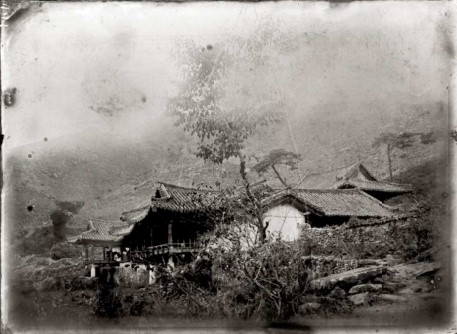
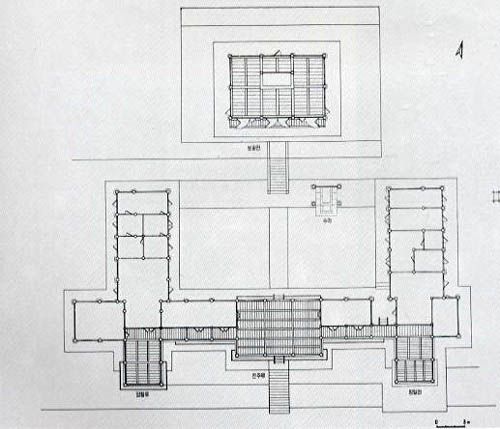
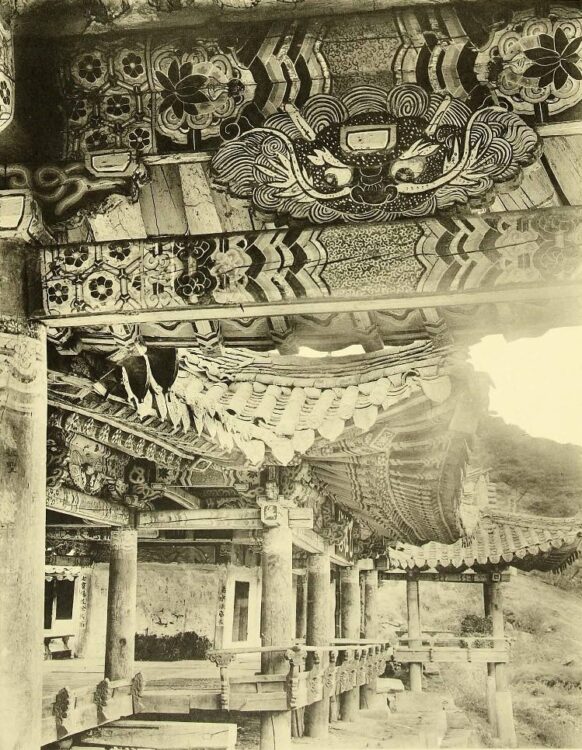
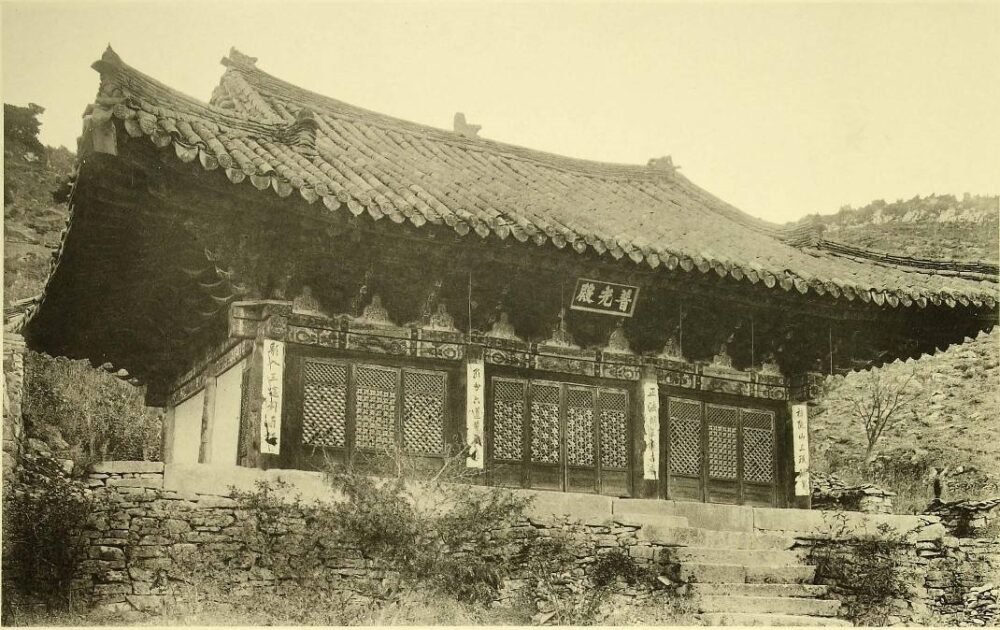

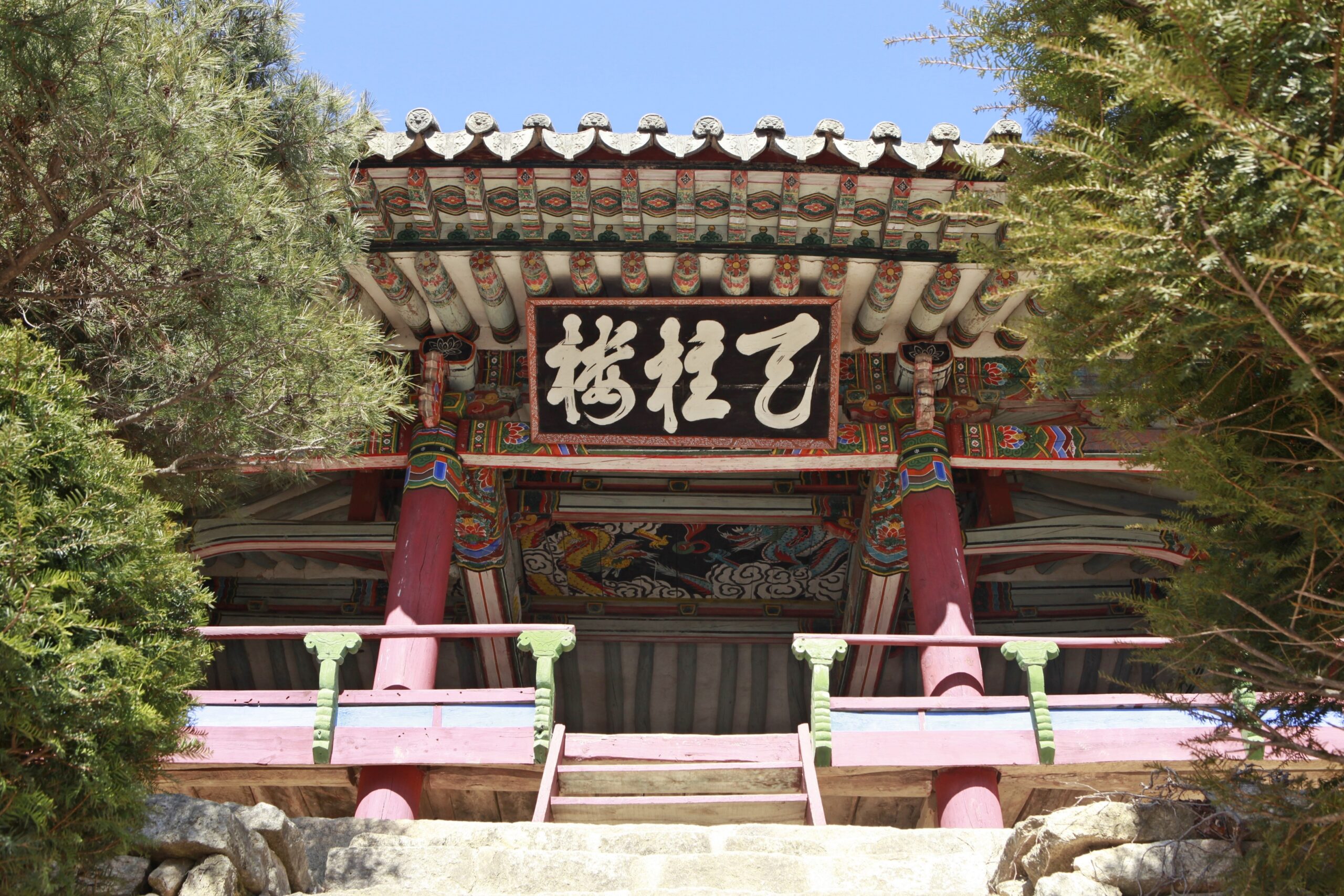
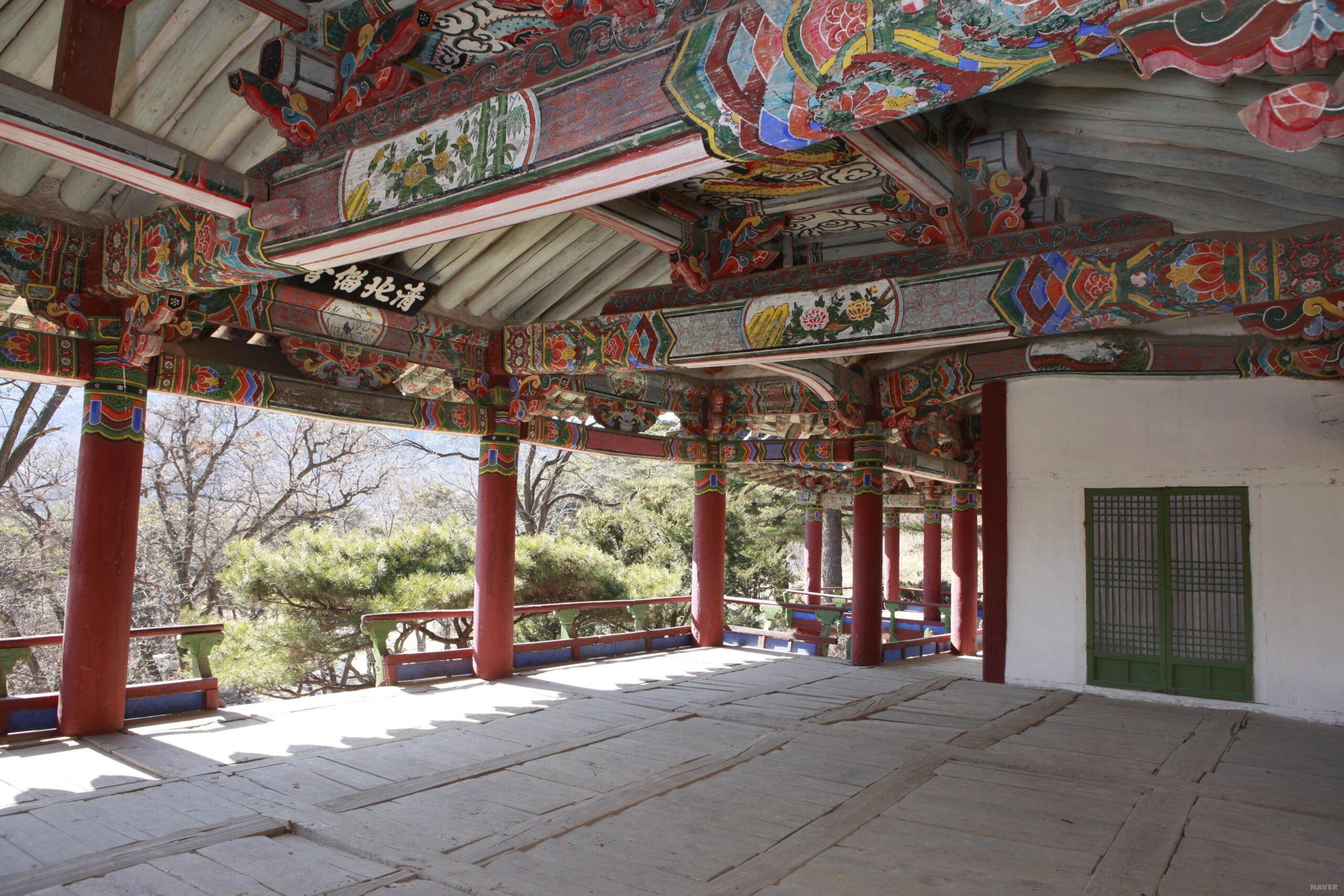
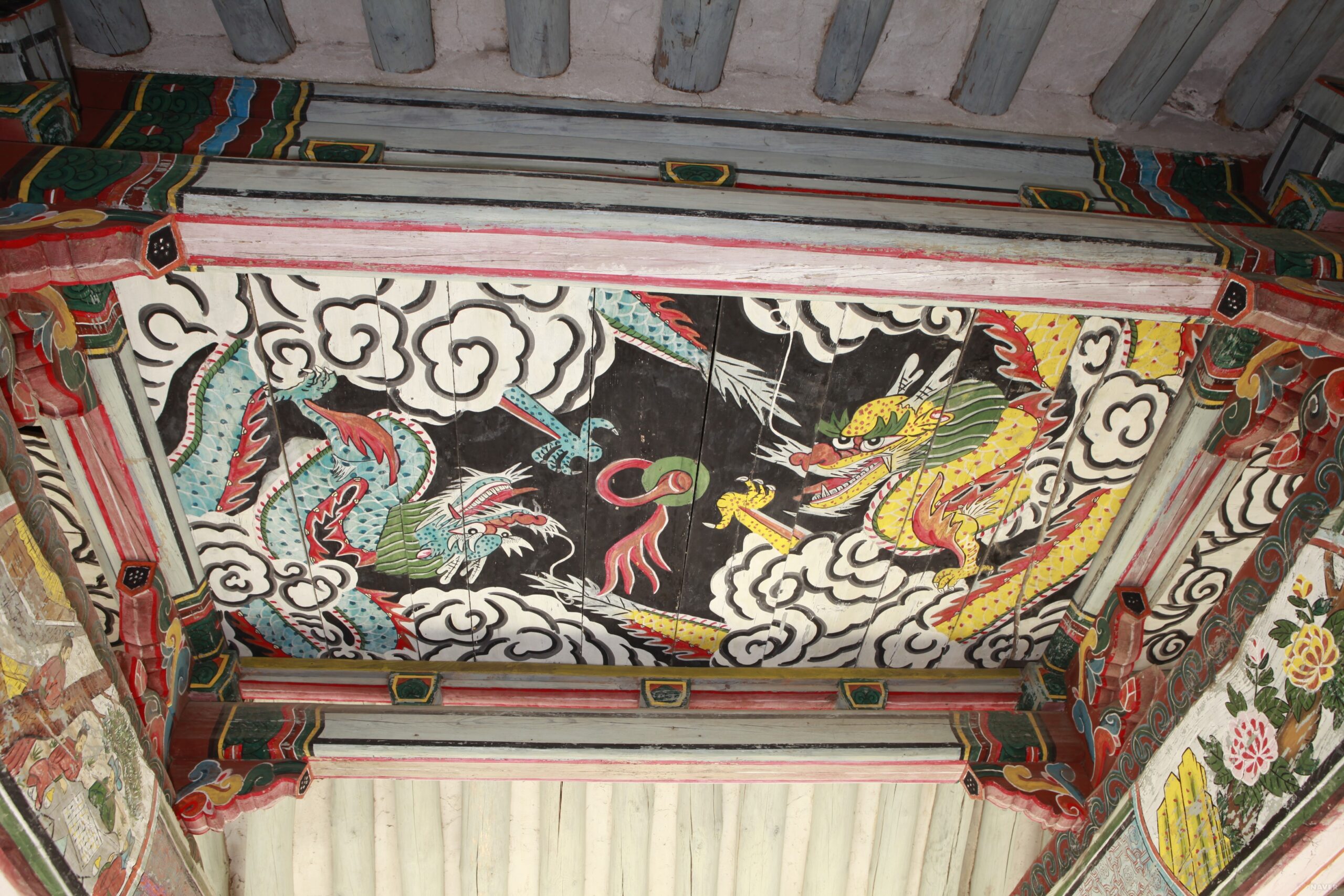
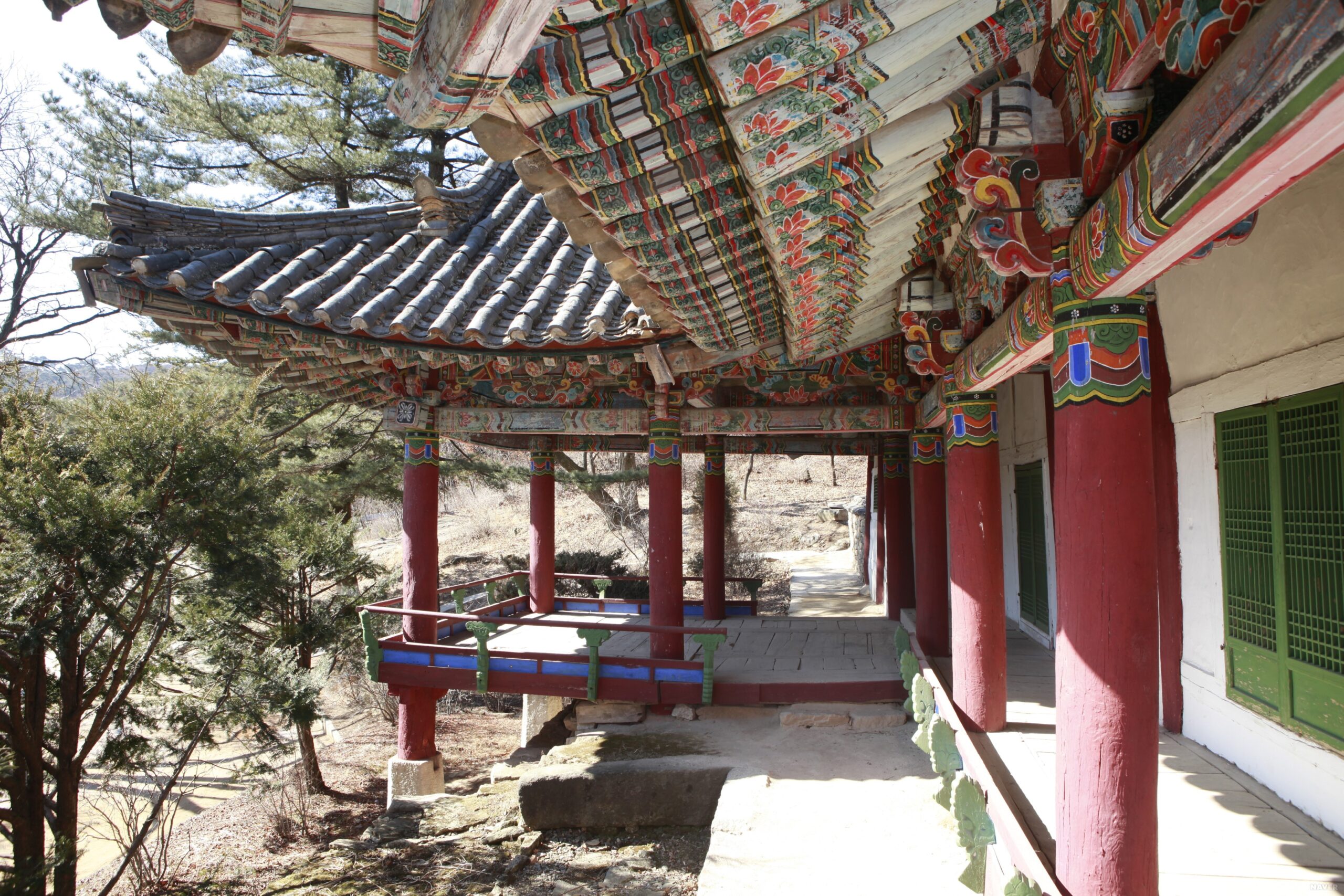
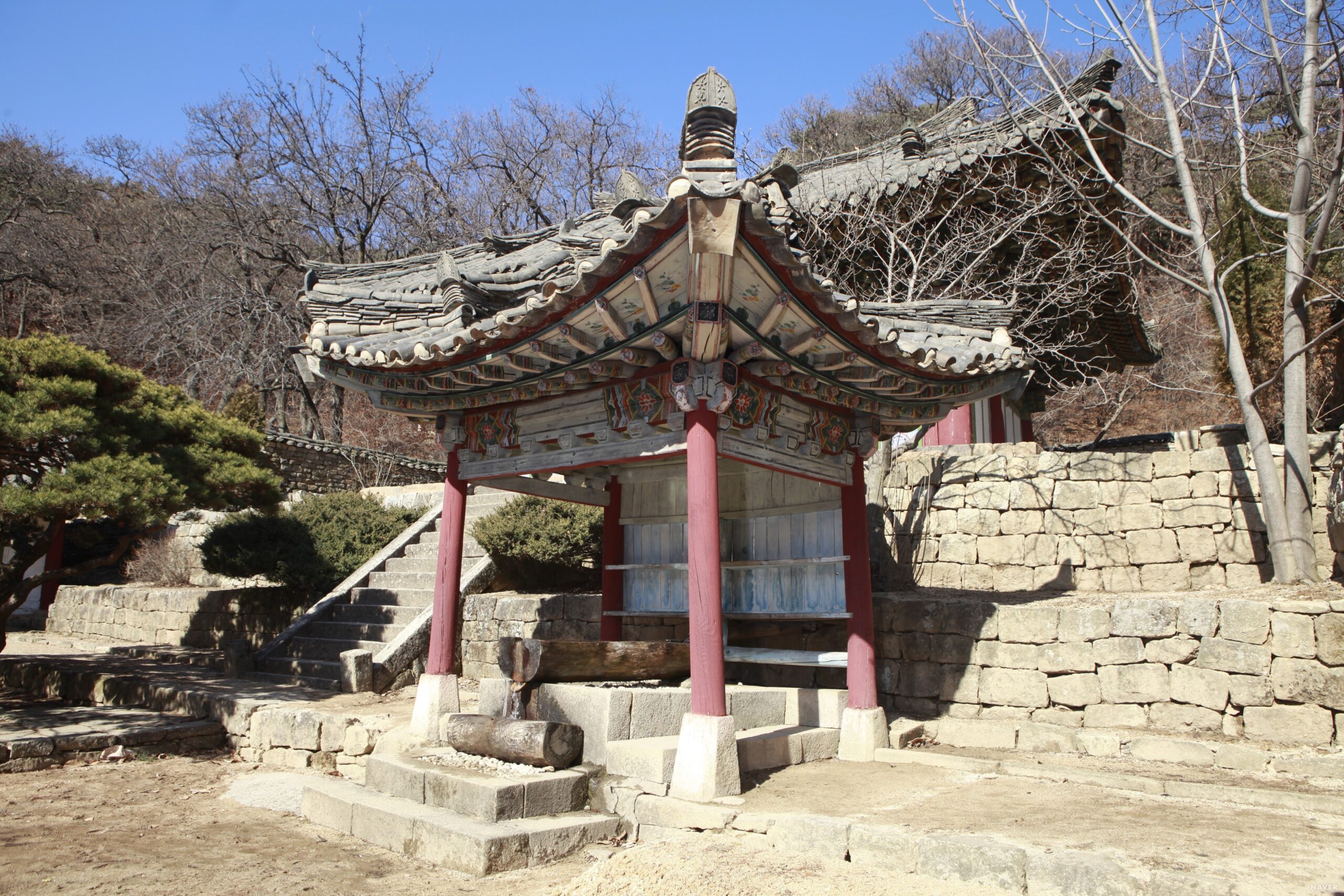
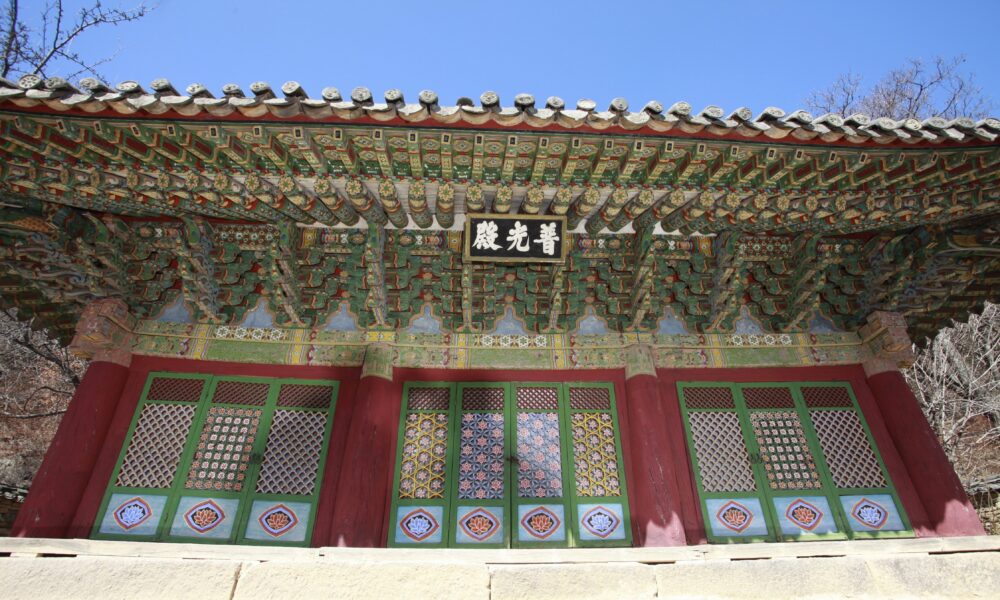
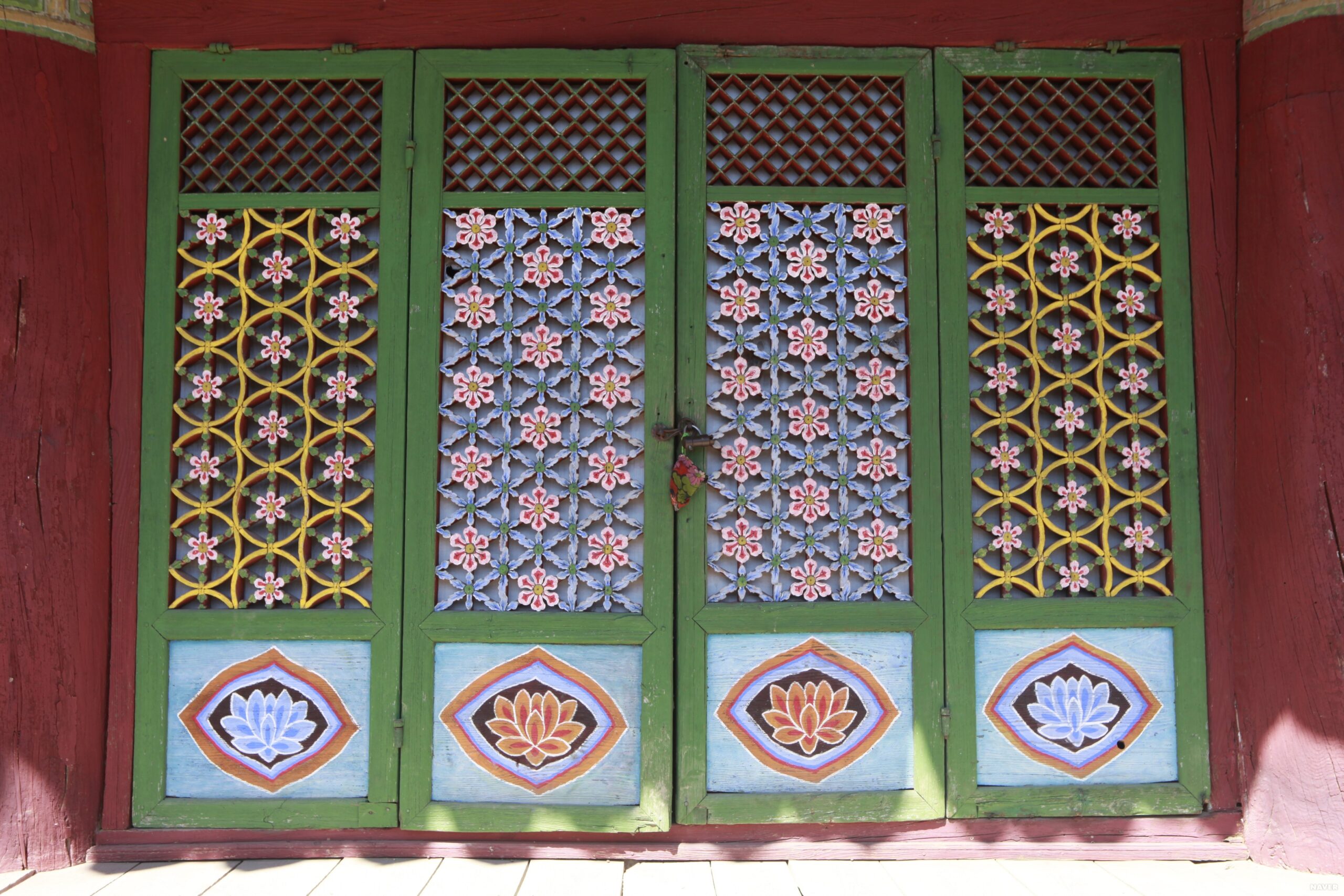
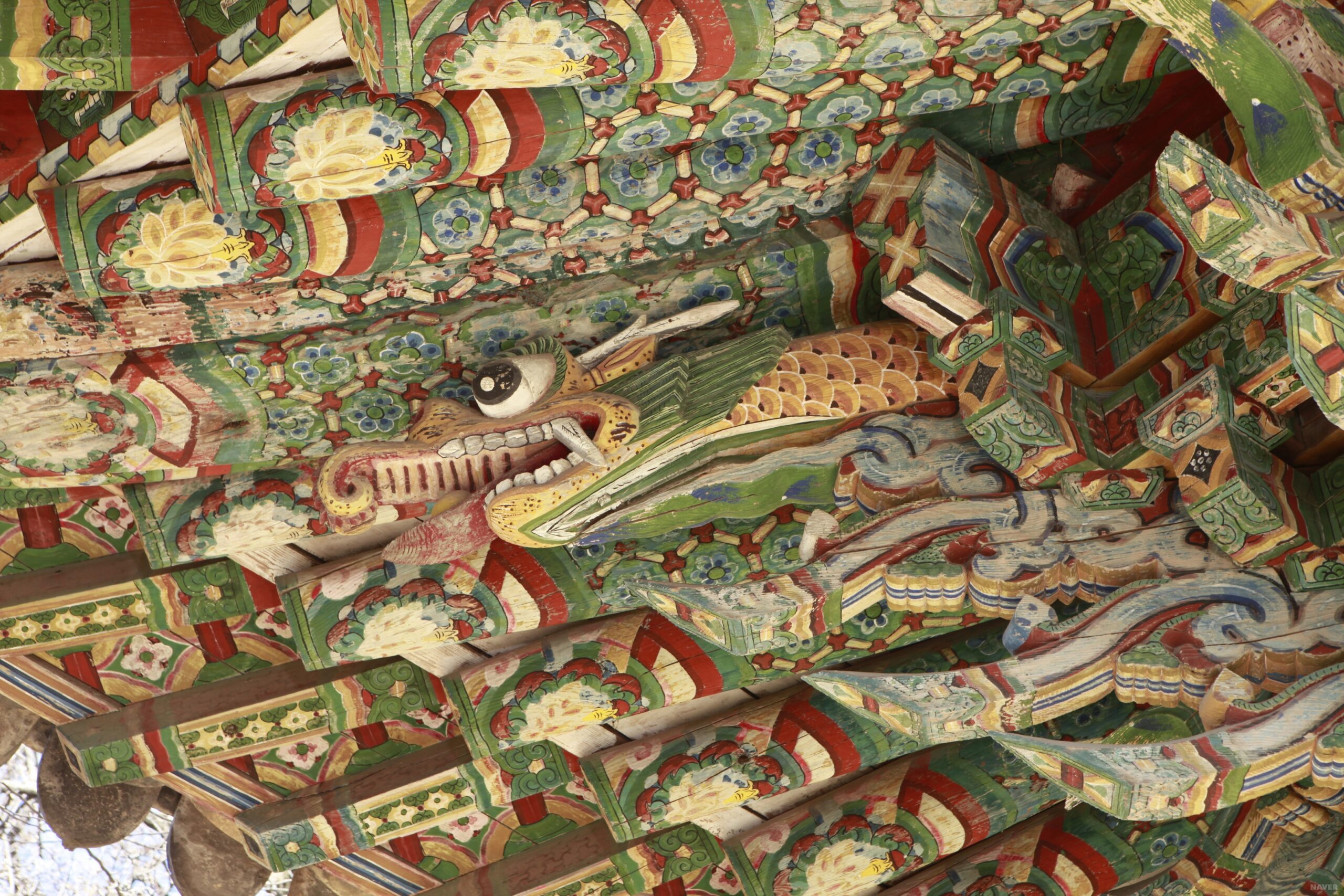
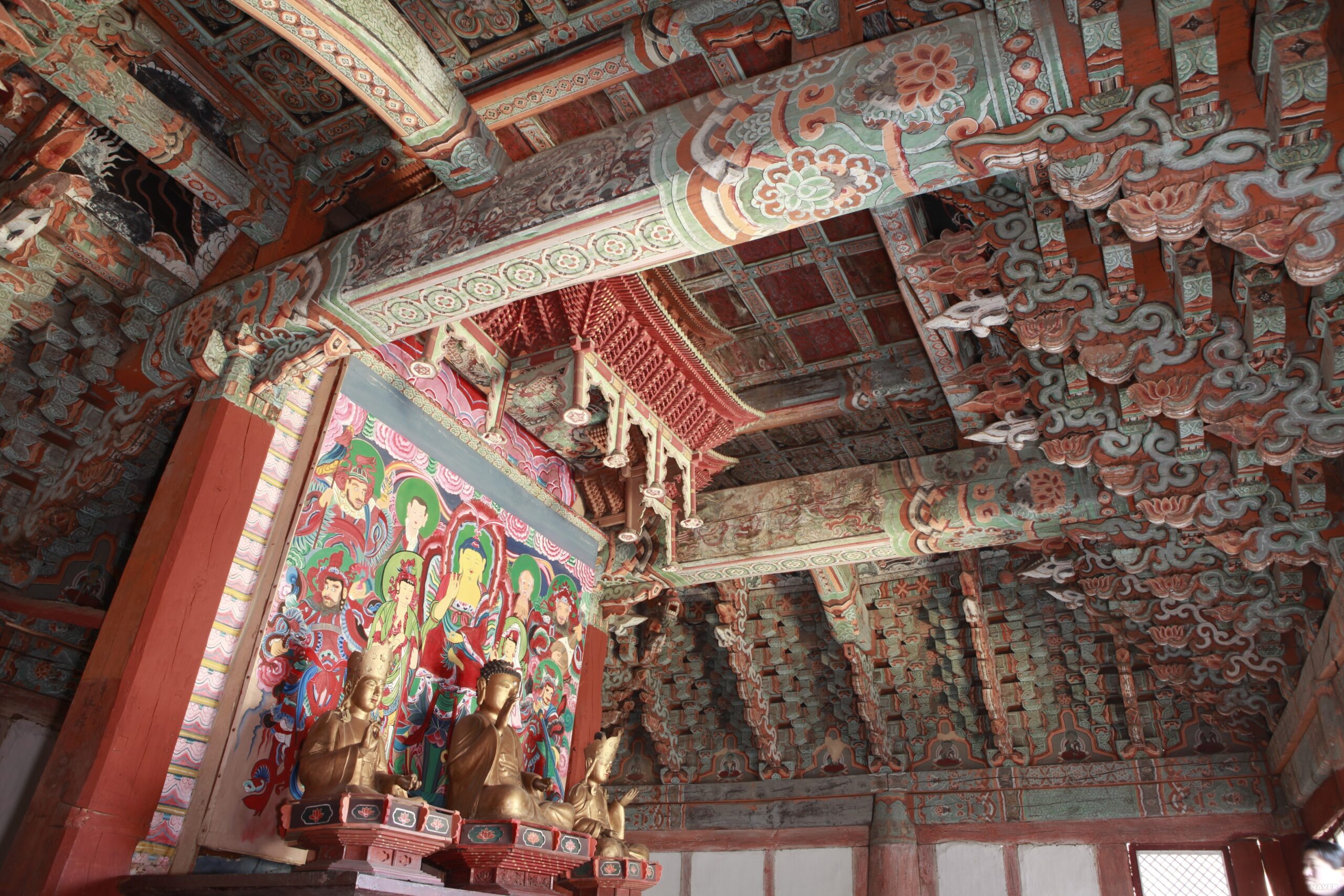
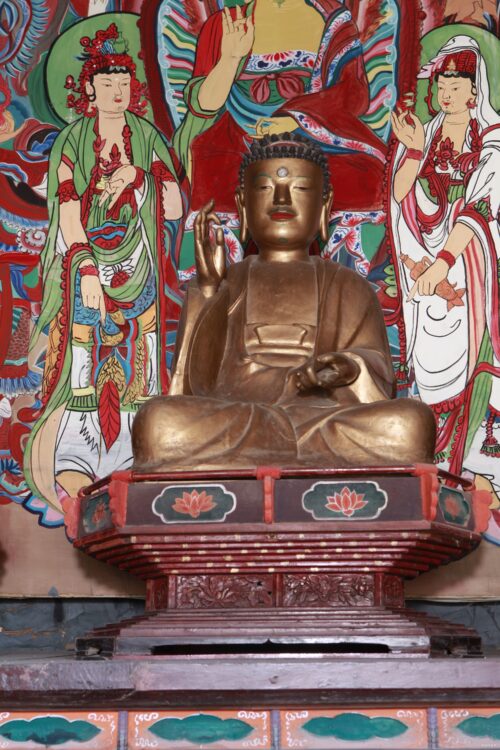
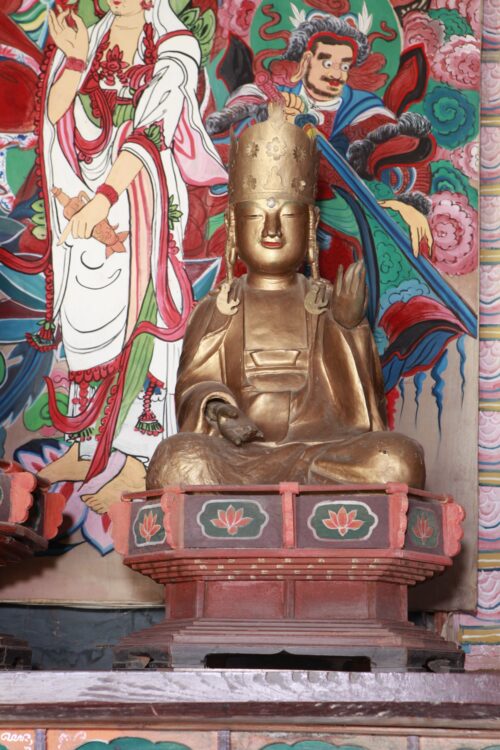
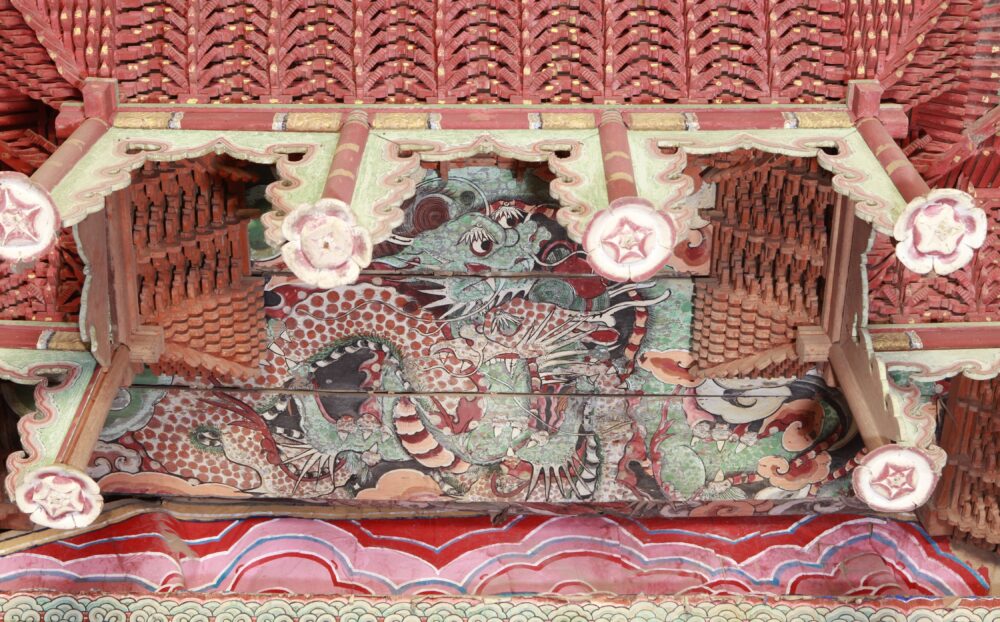
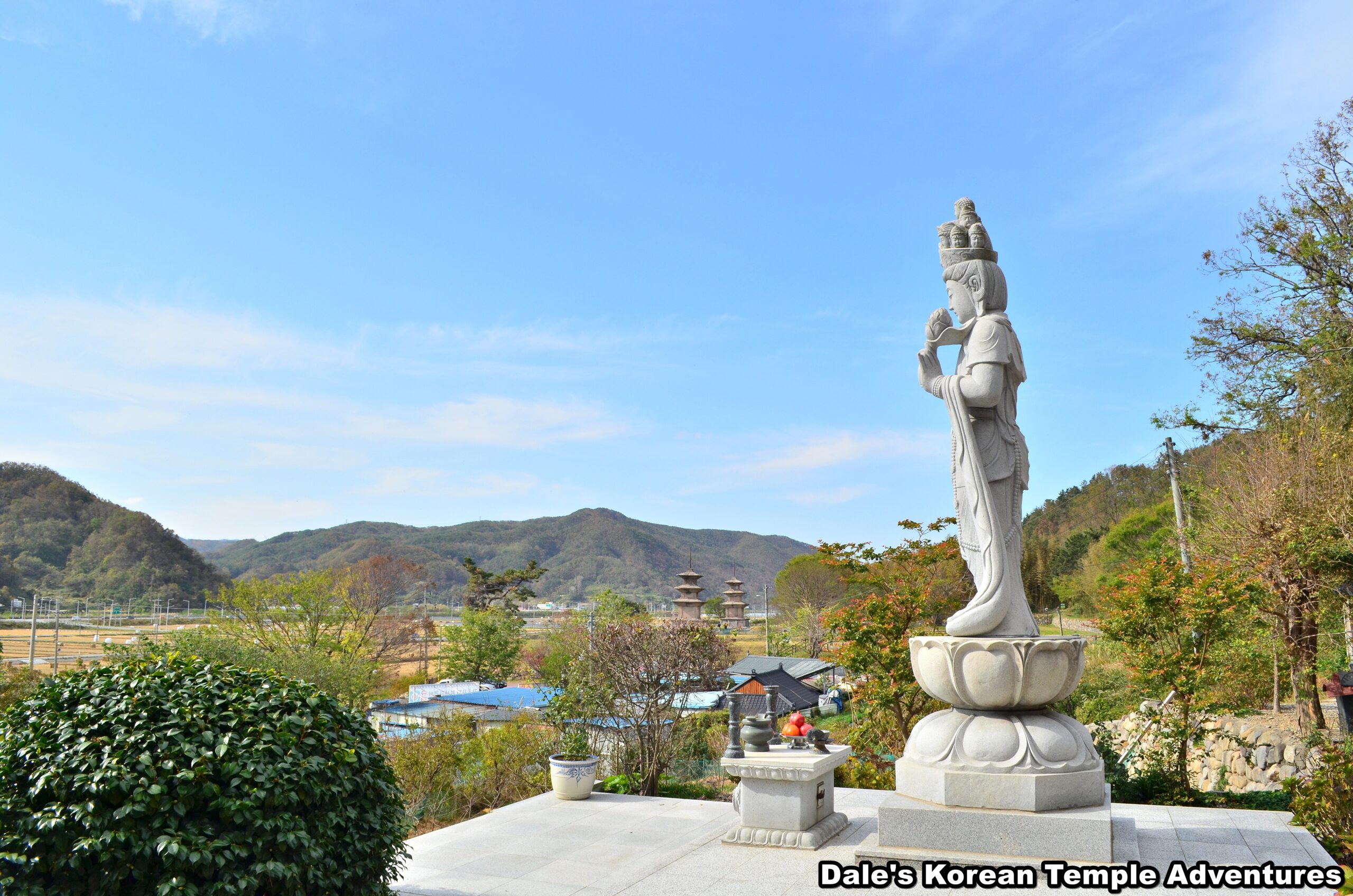

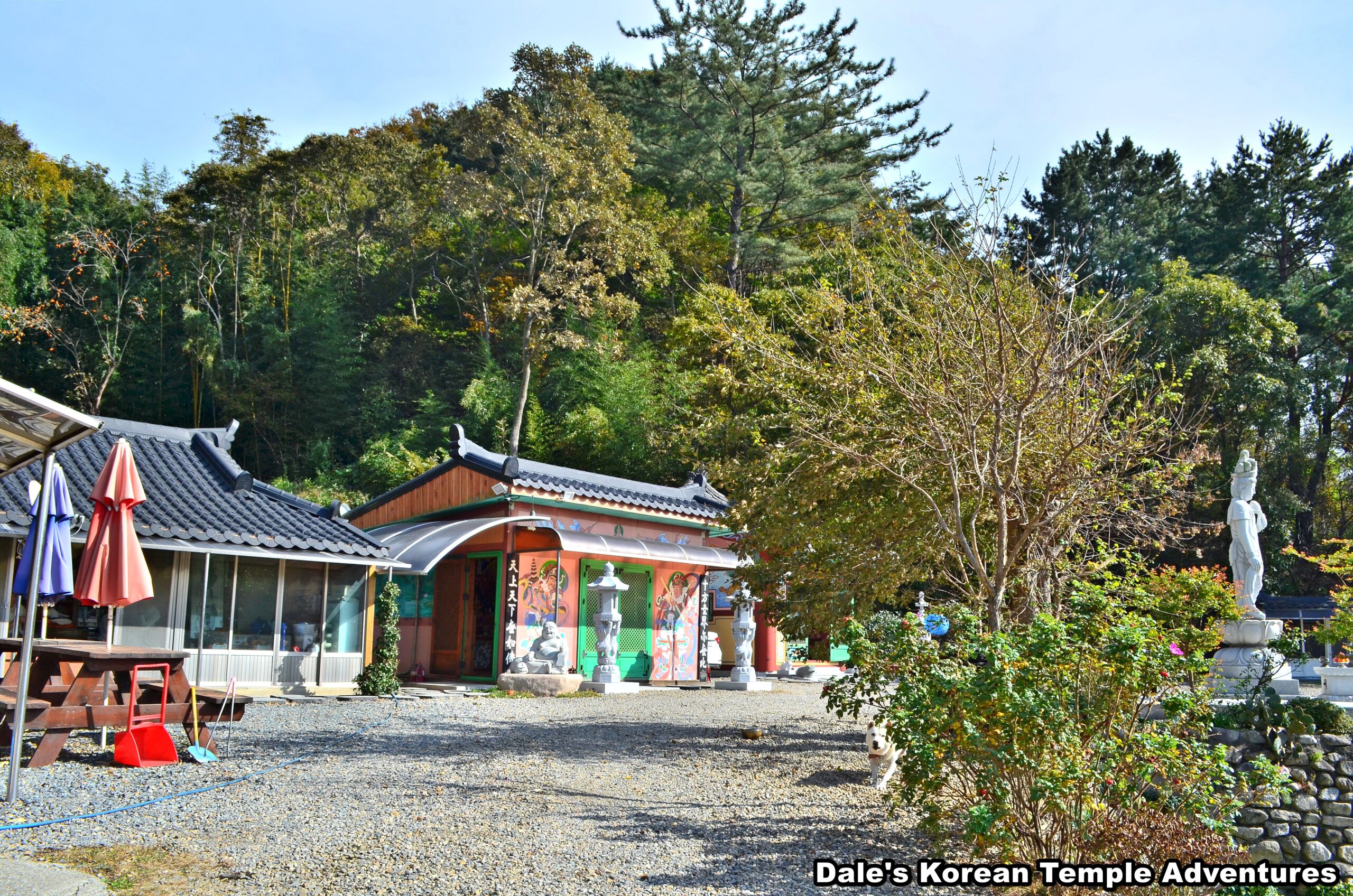
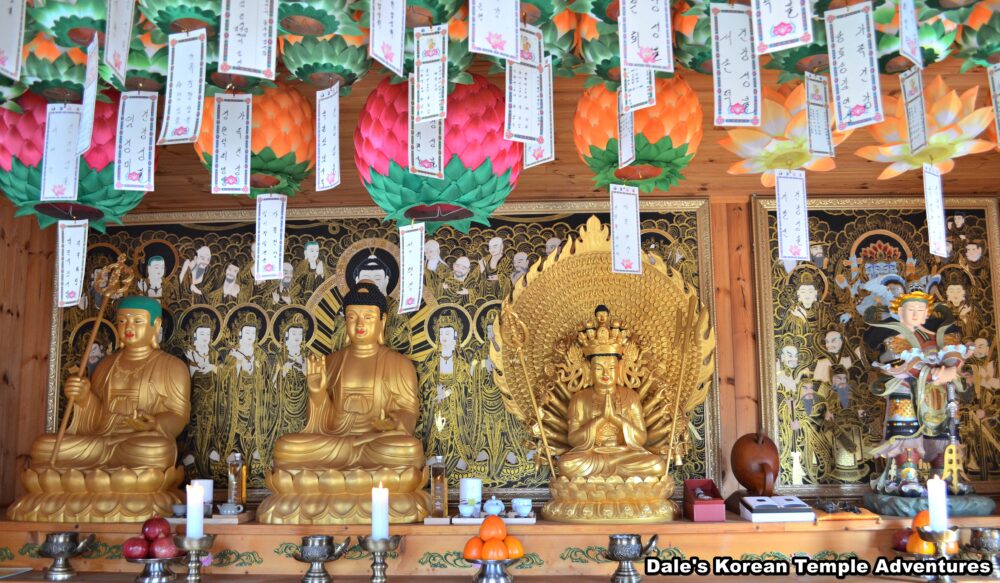

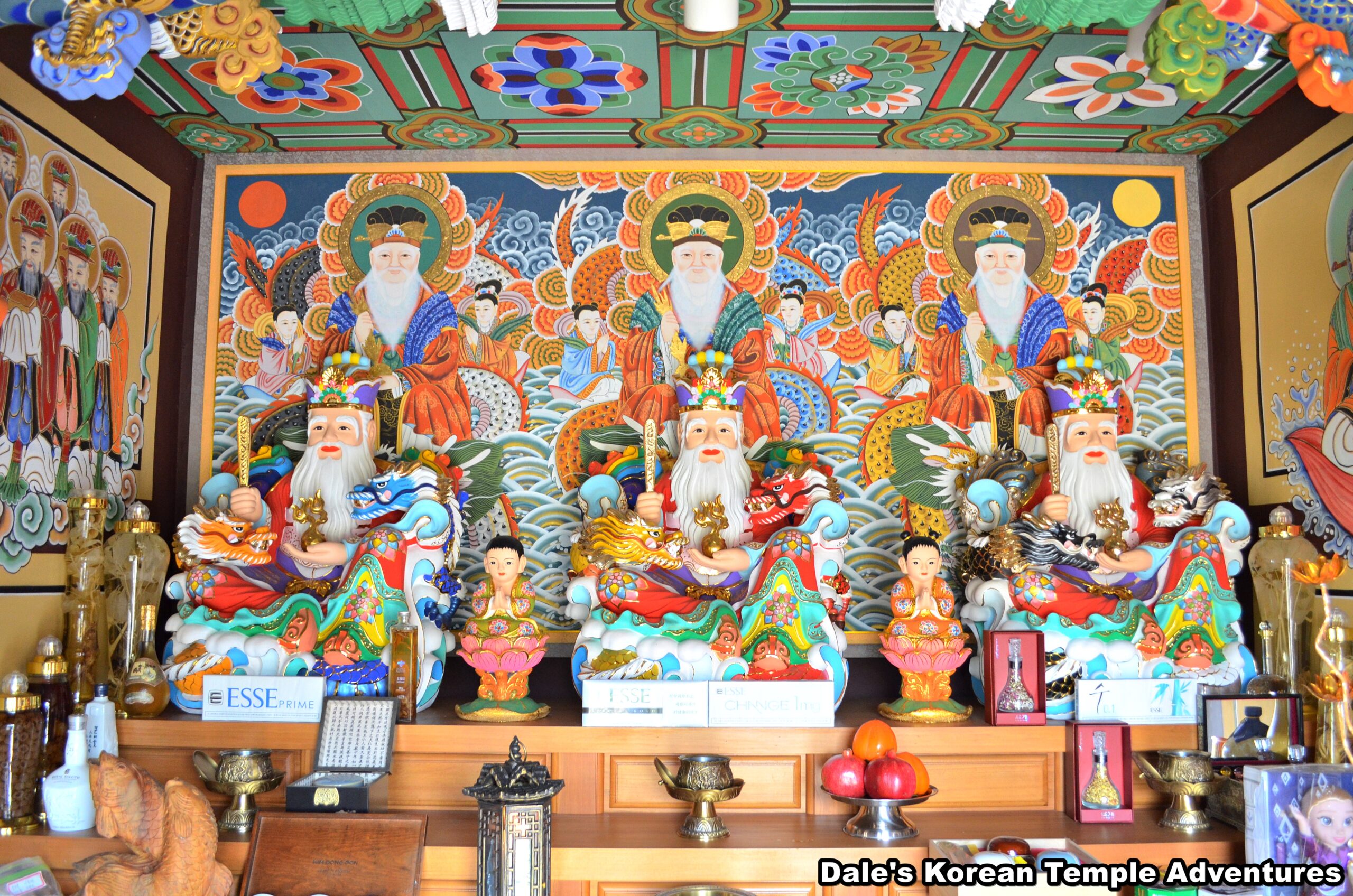


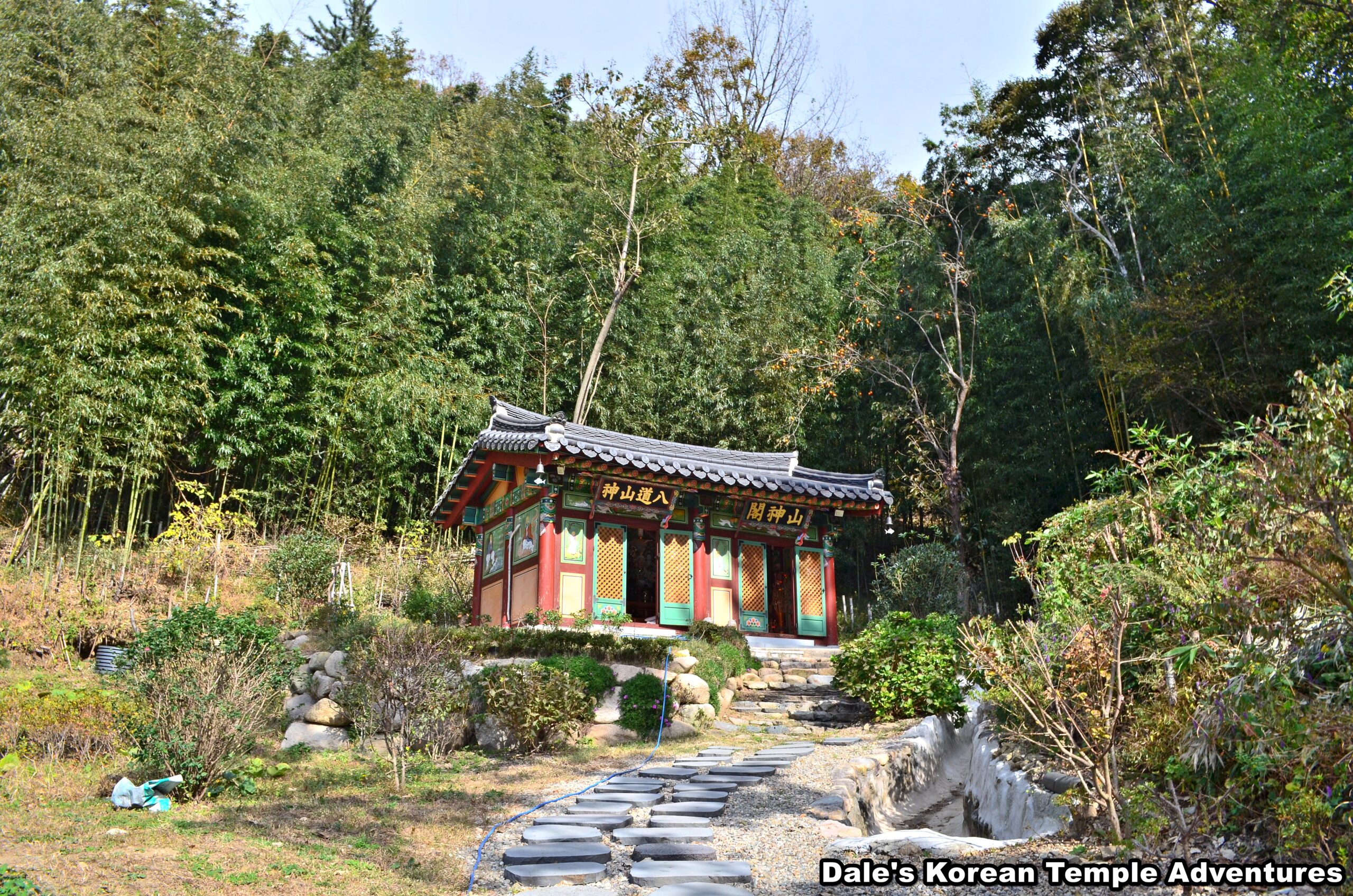
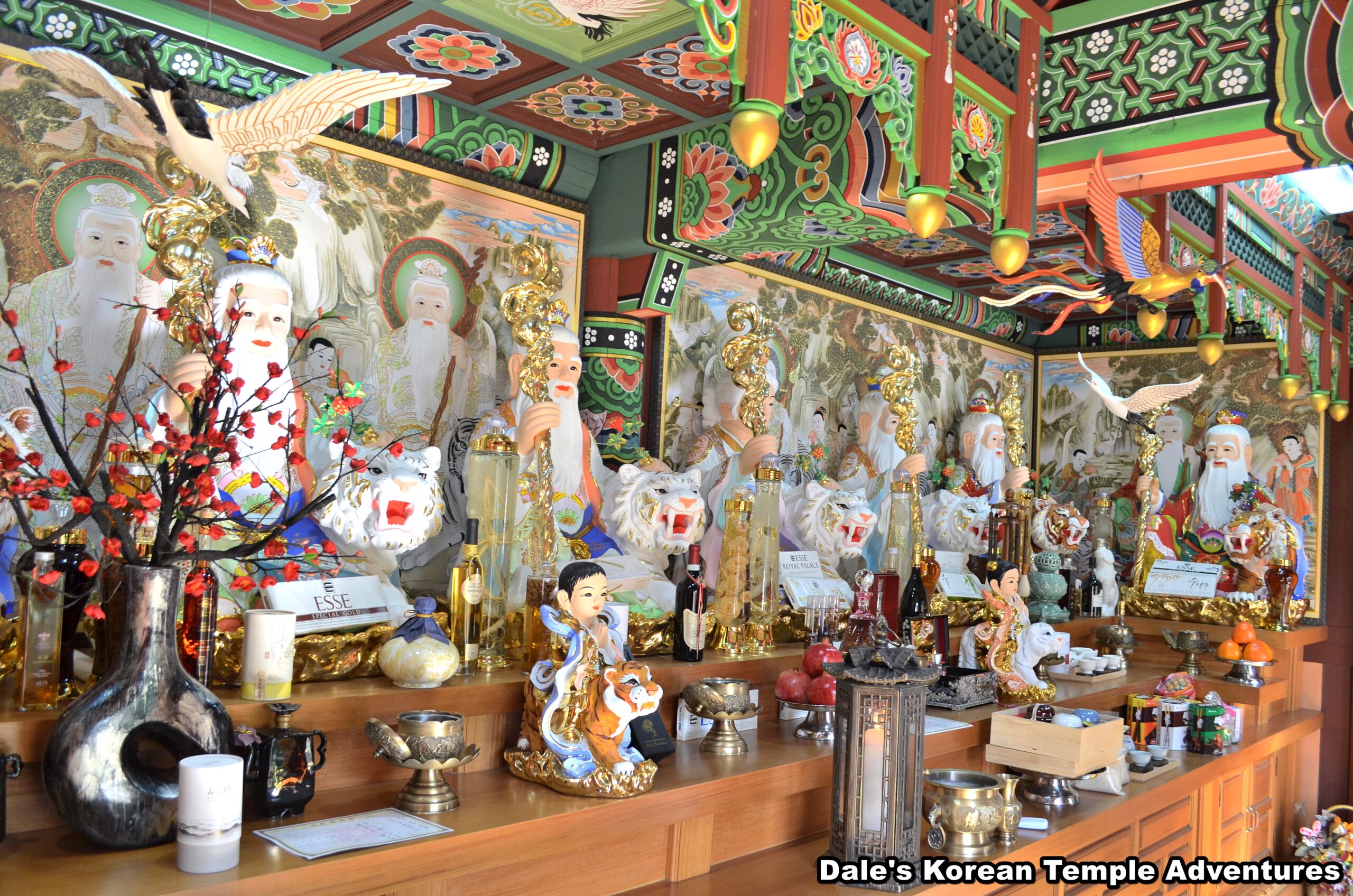
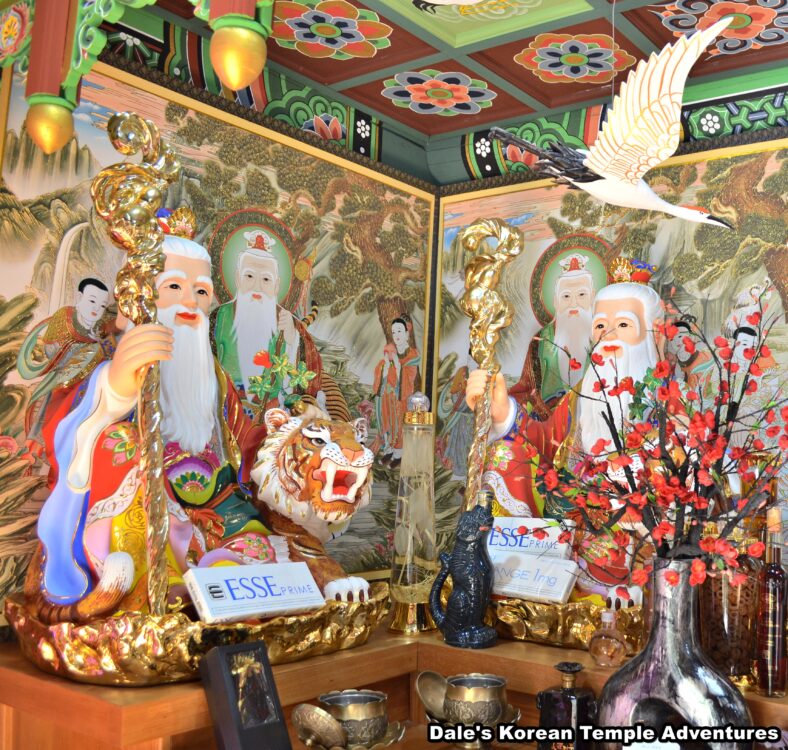
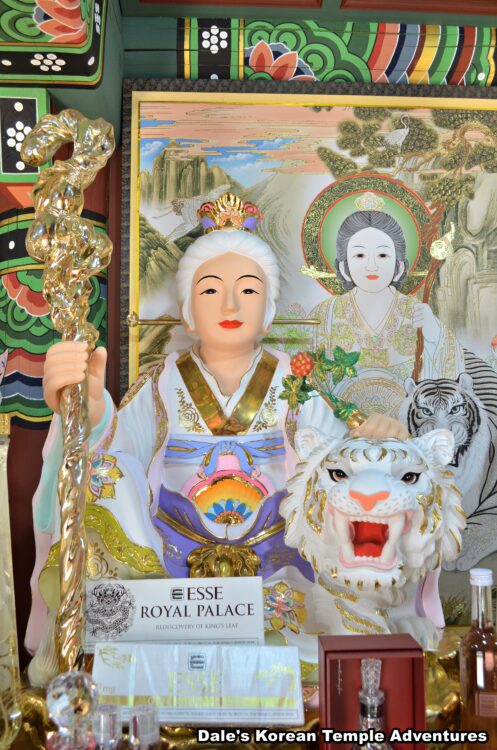
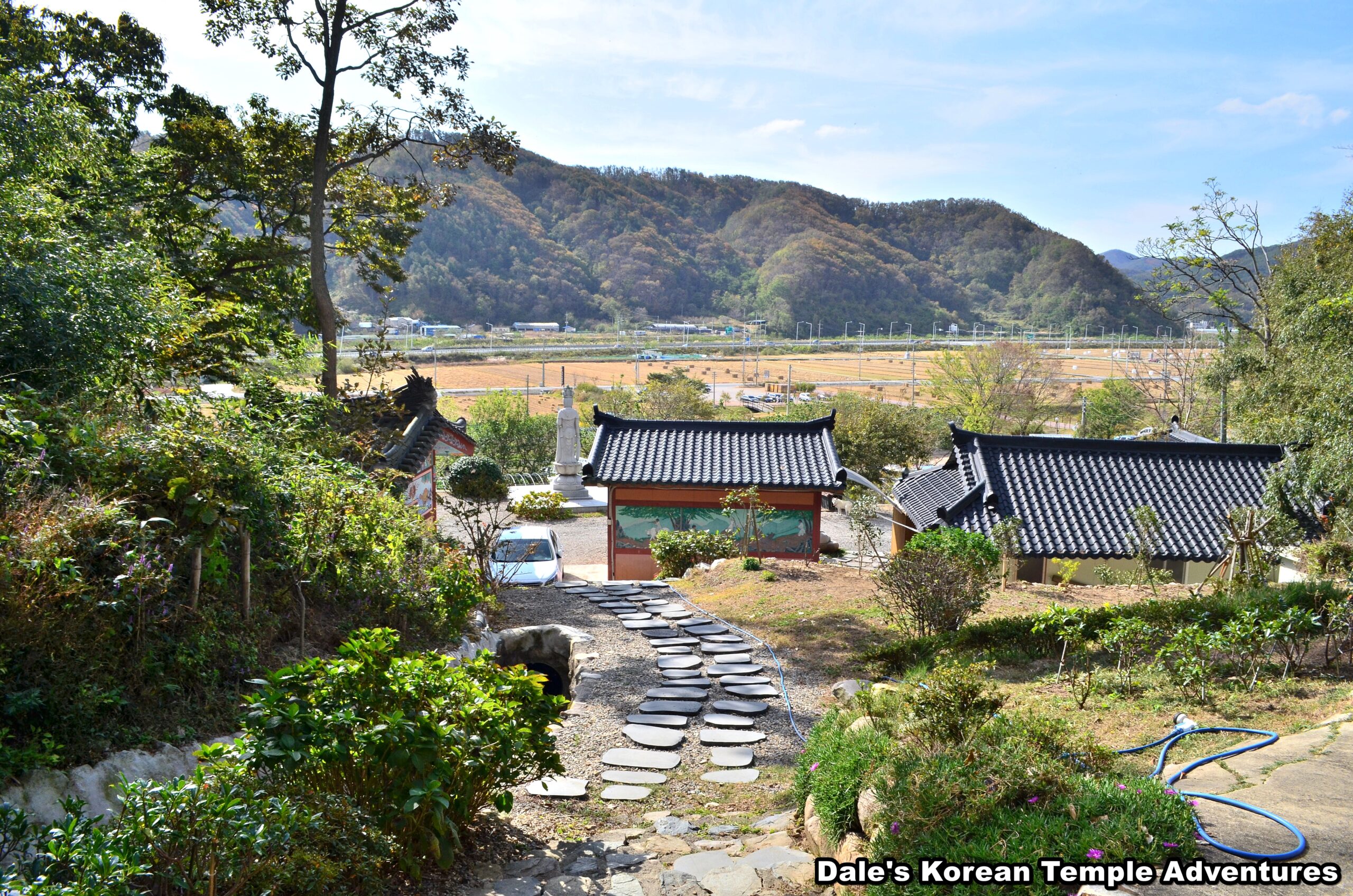
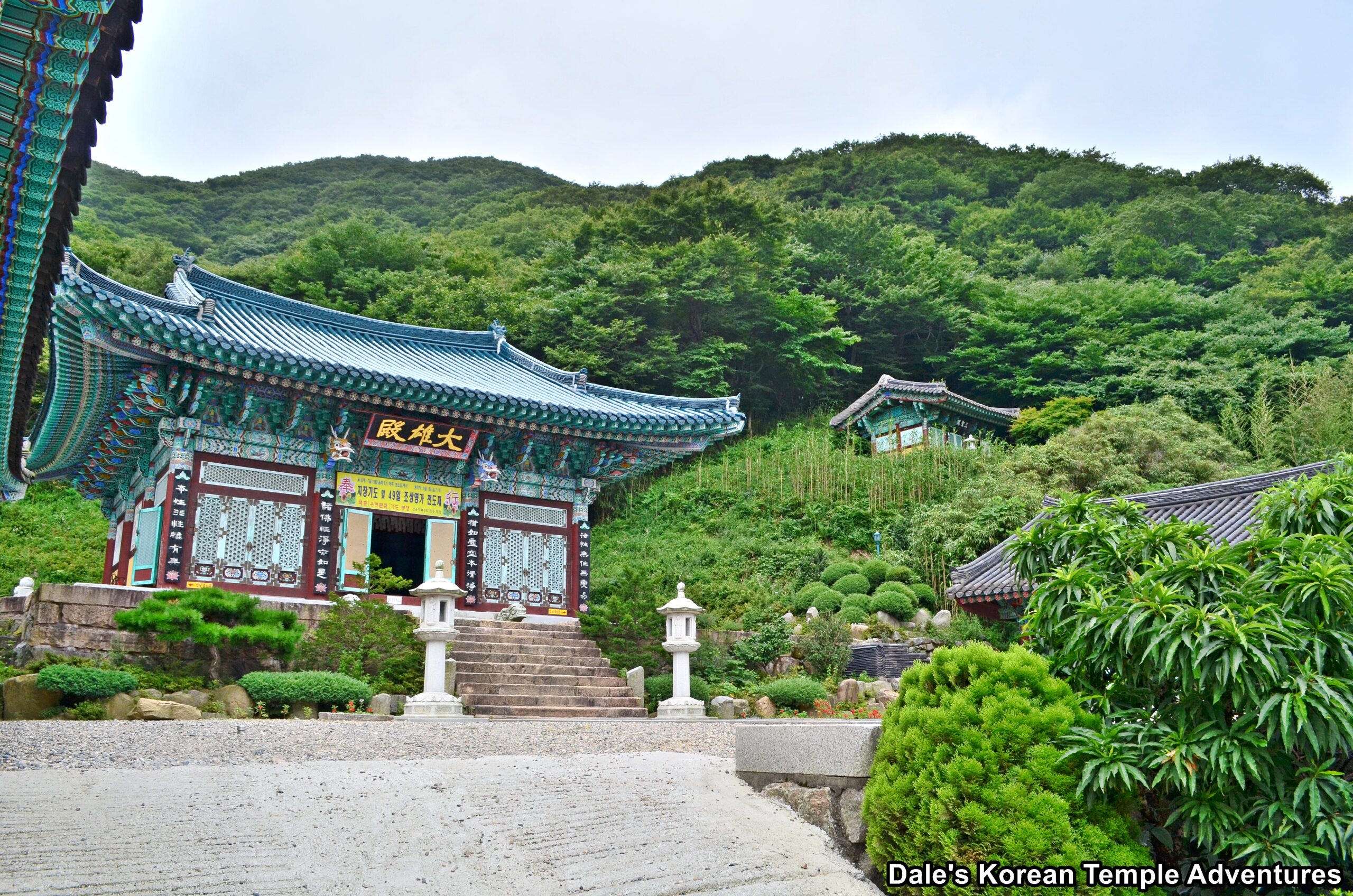
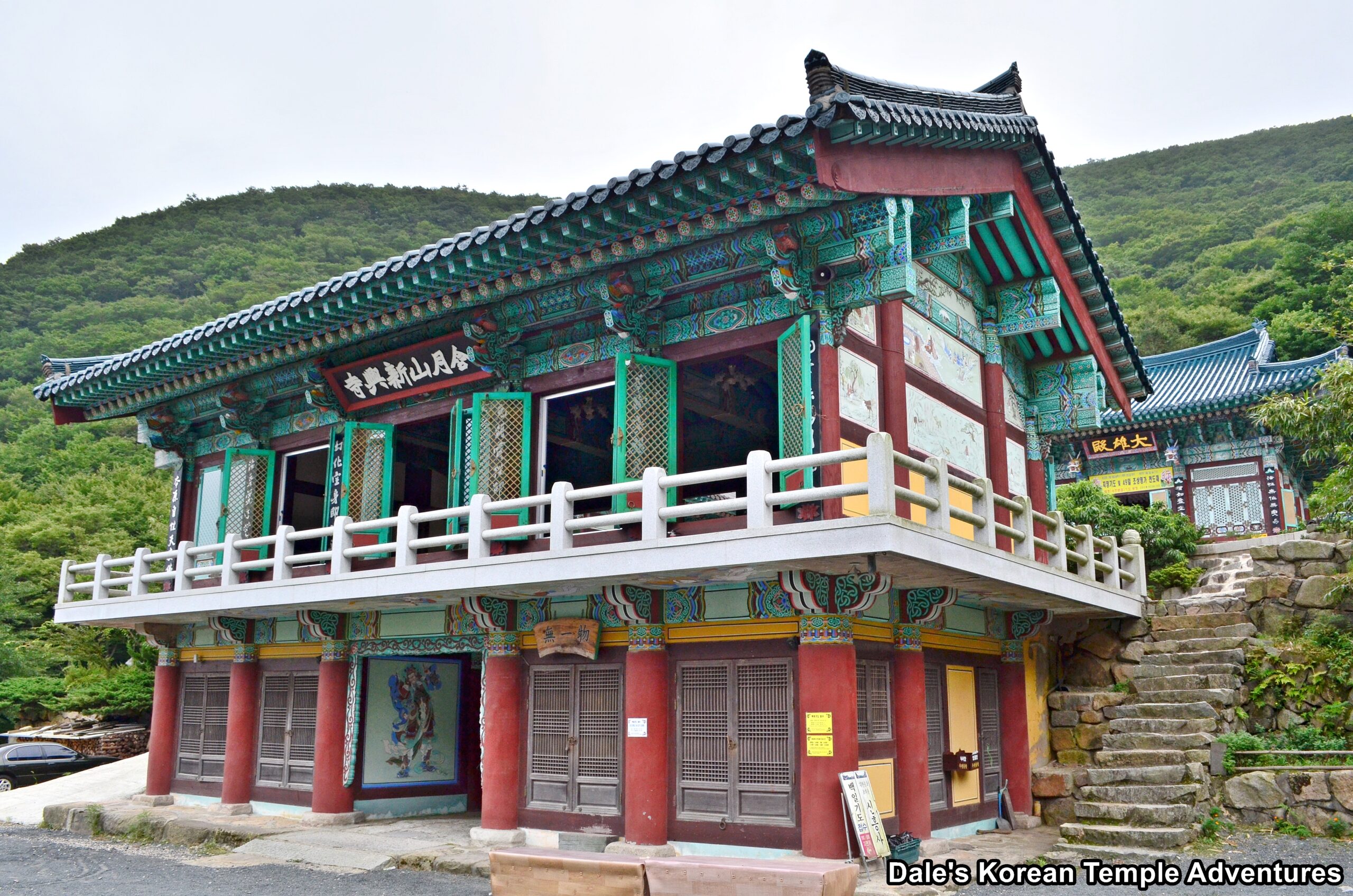
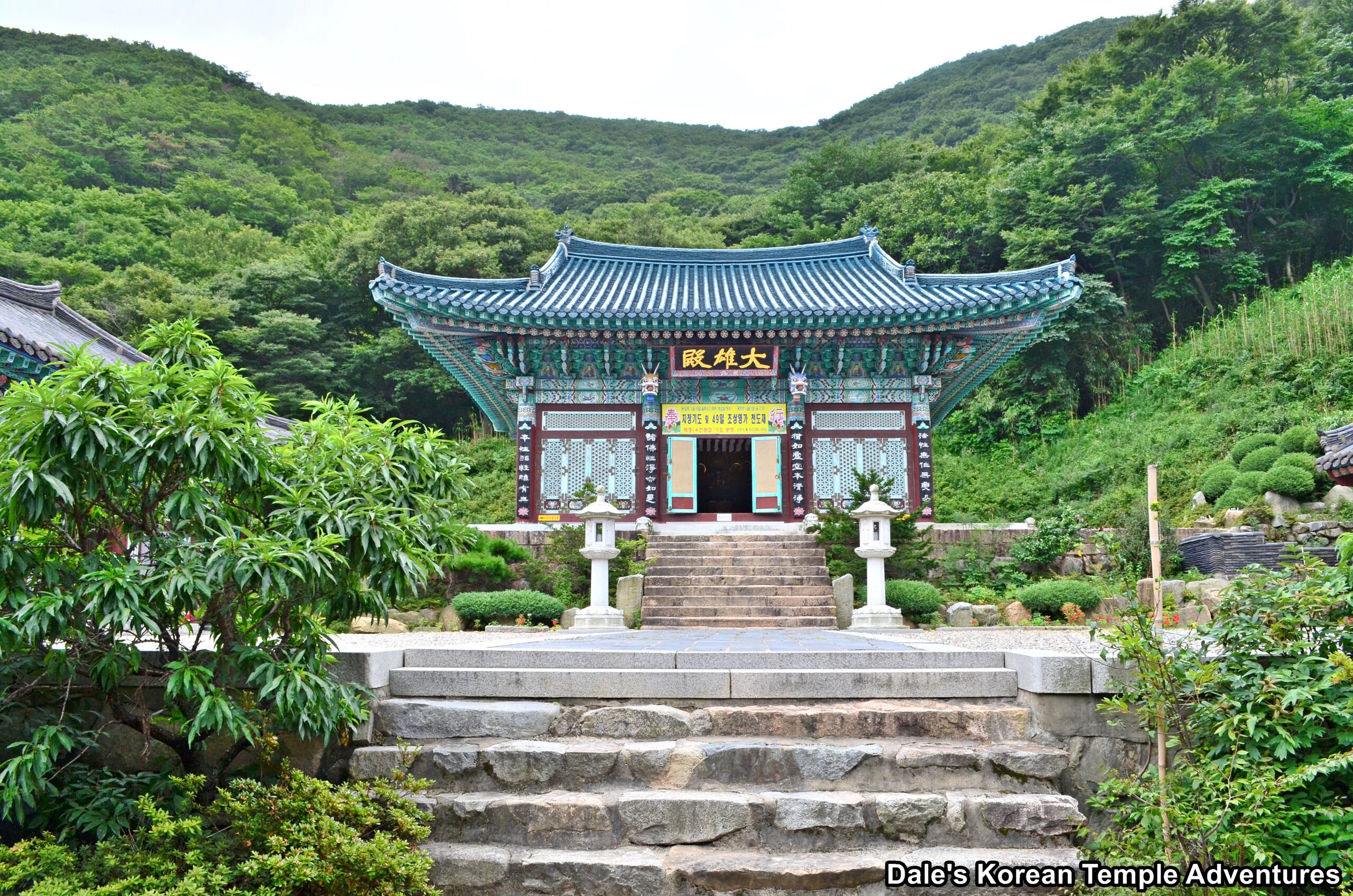

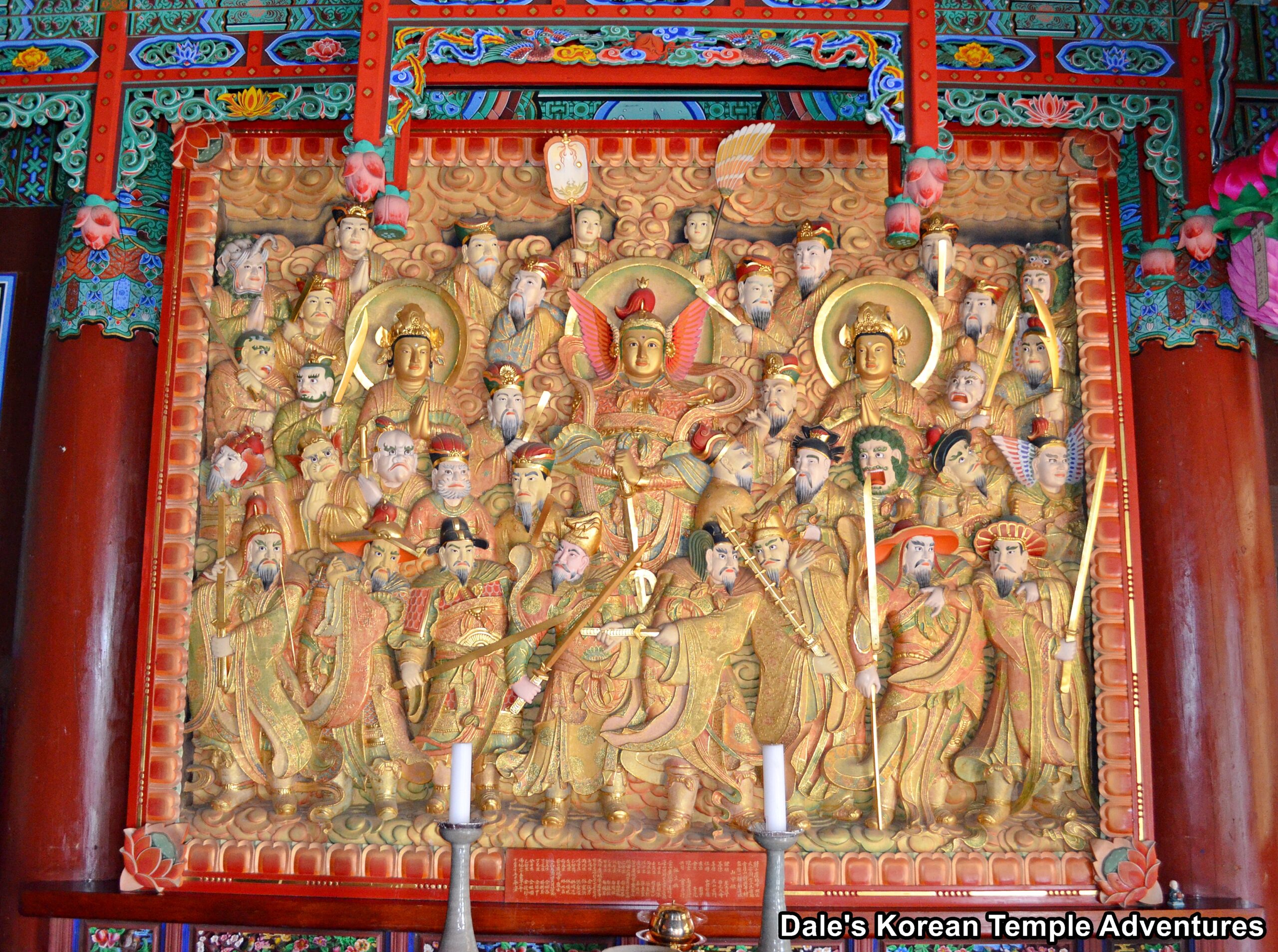
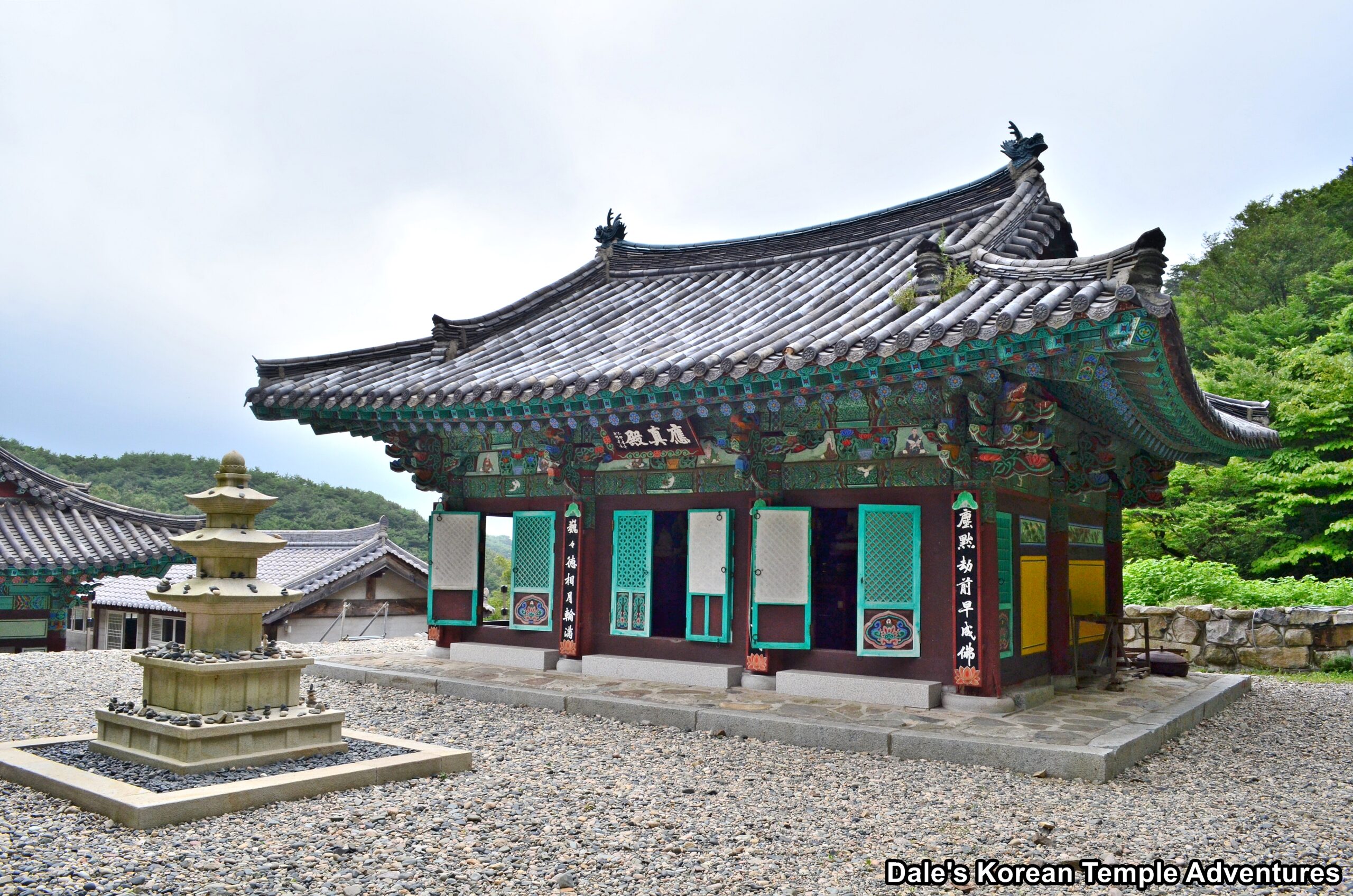
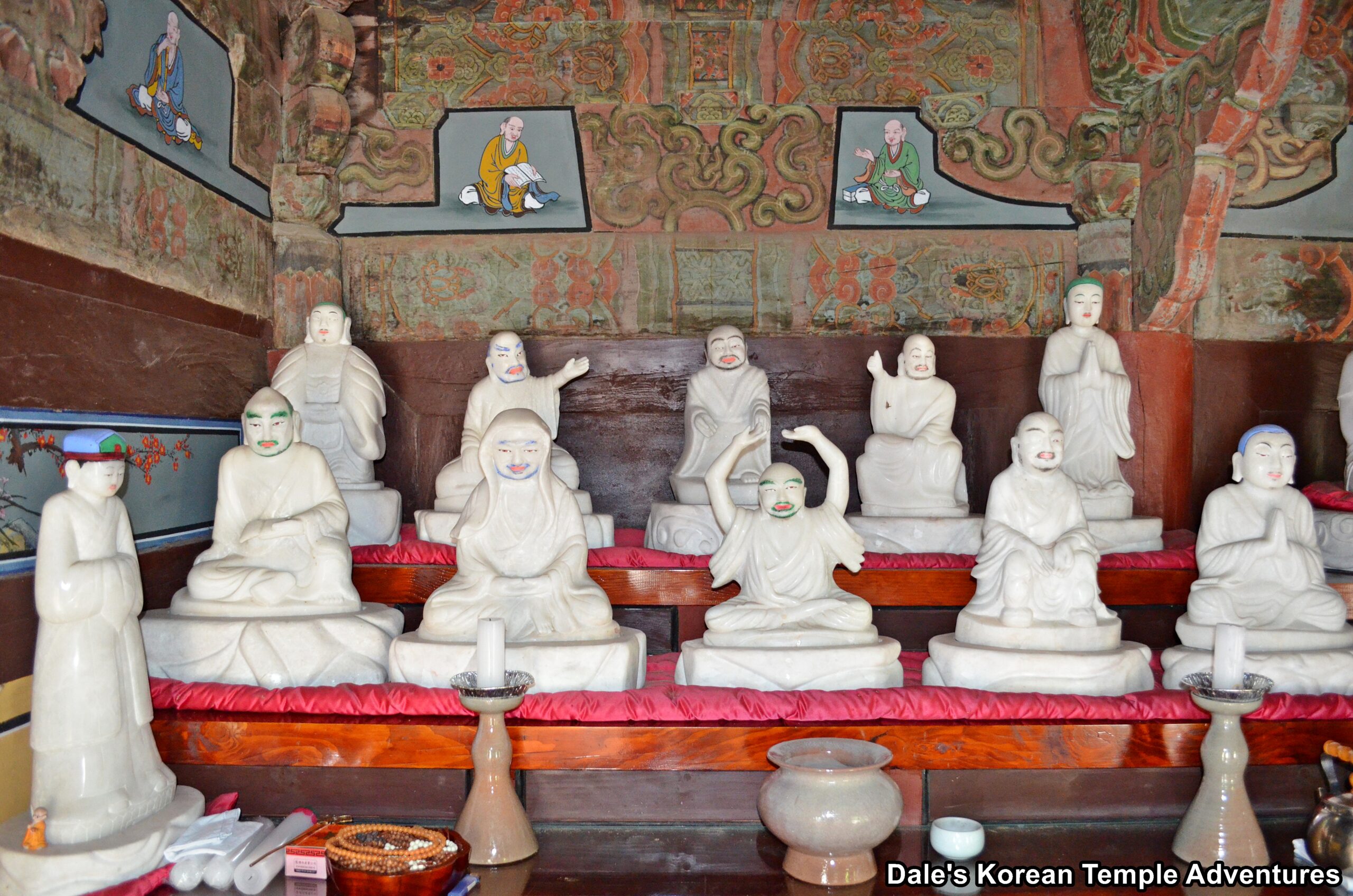
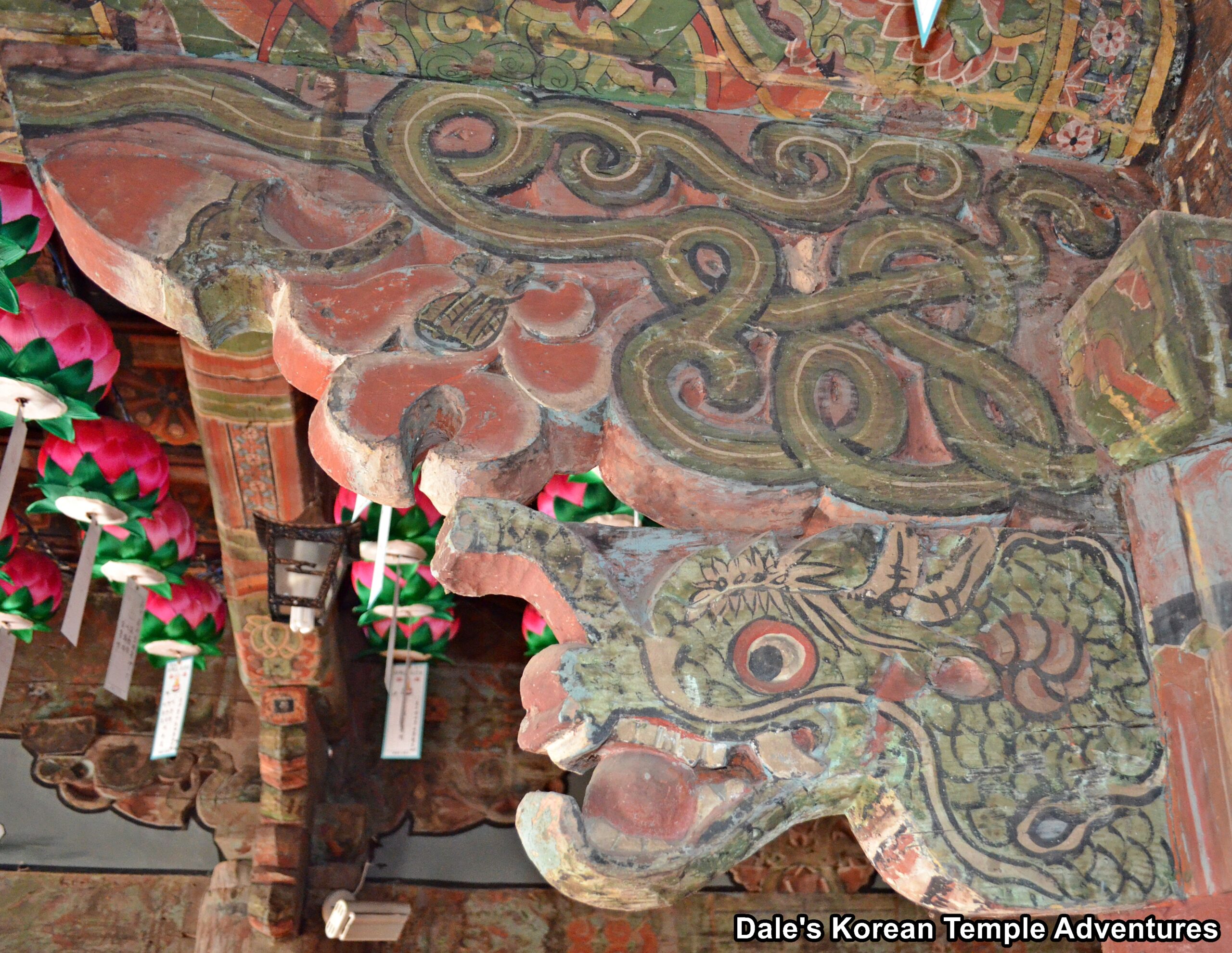
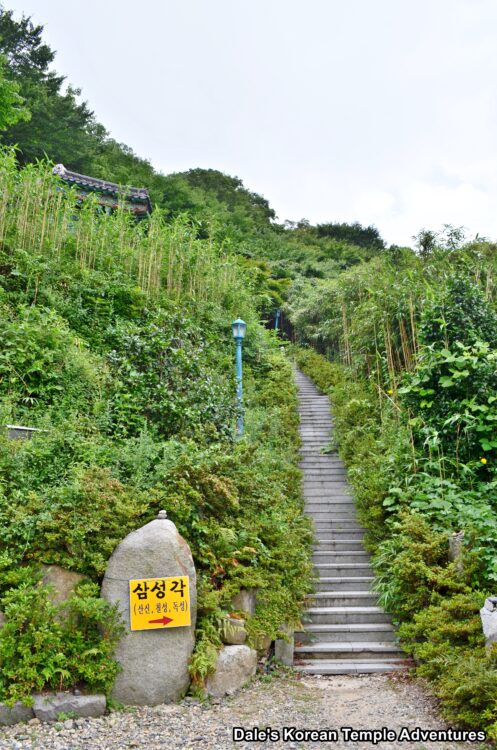

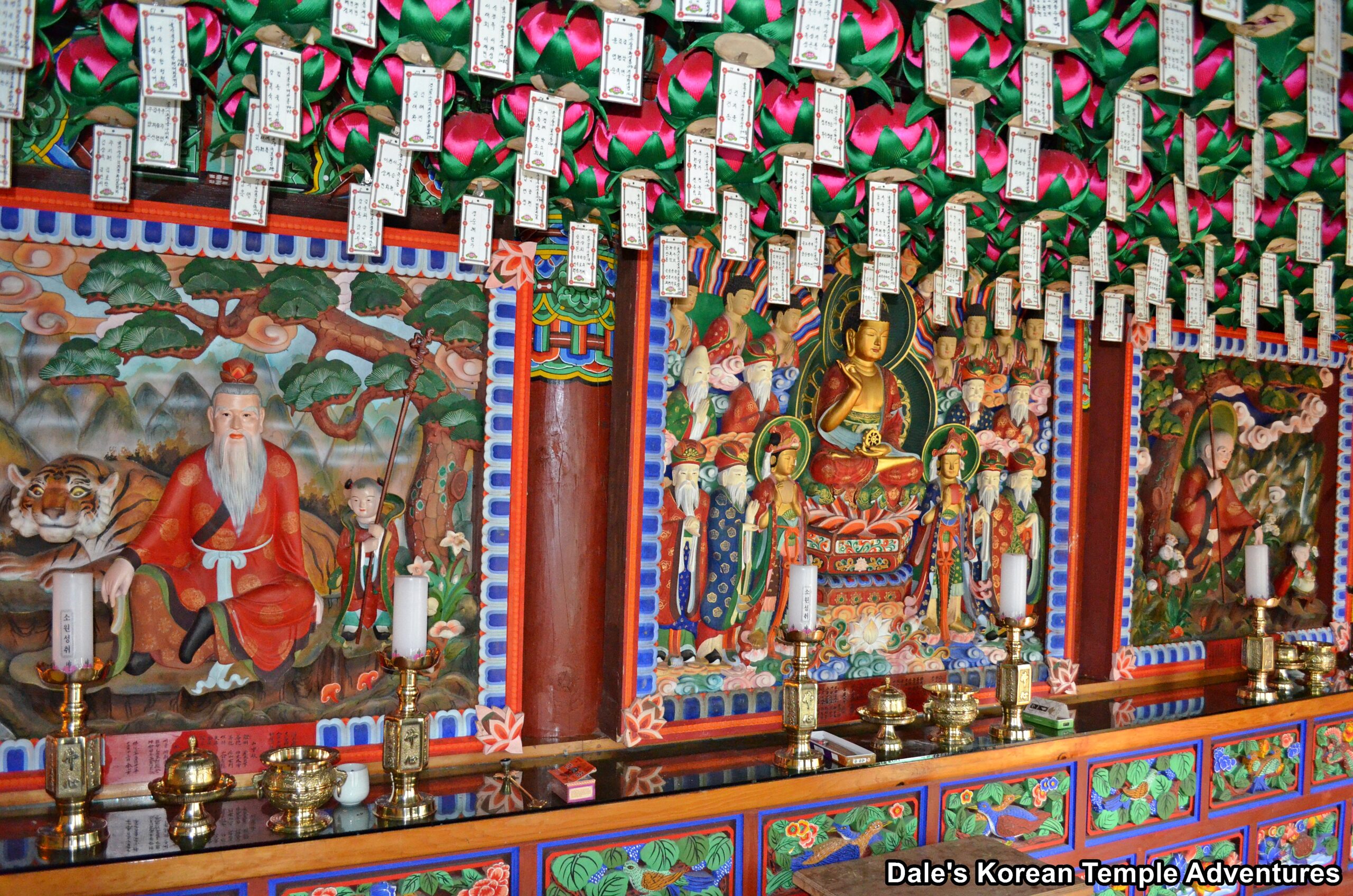
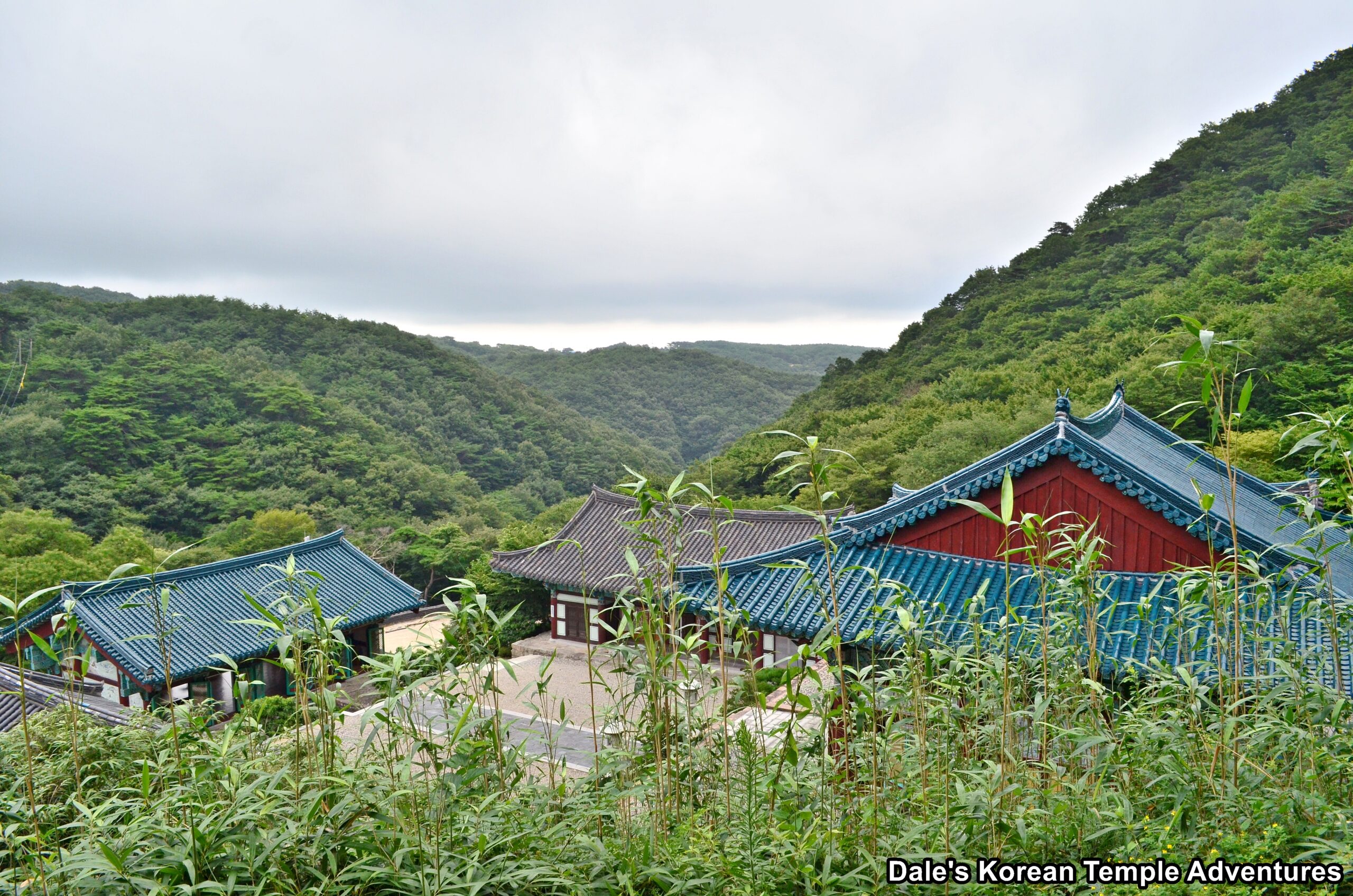
Recent comments